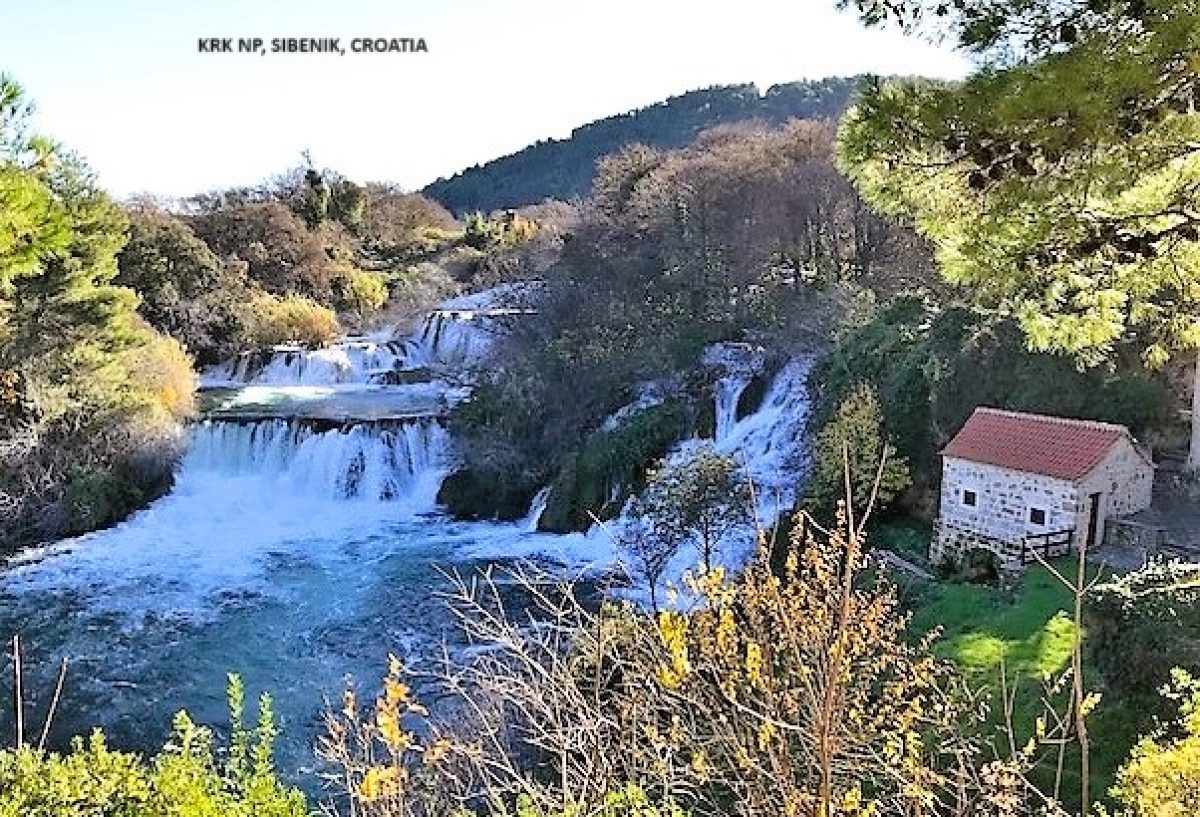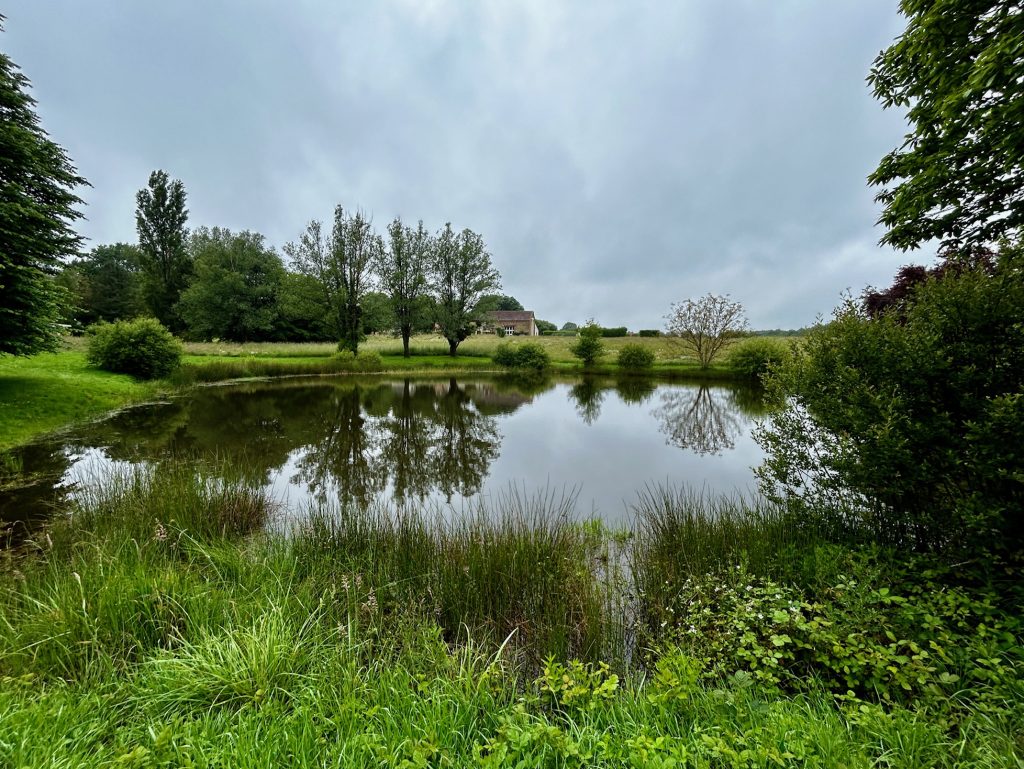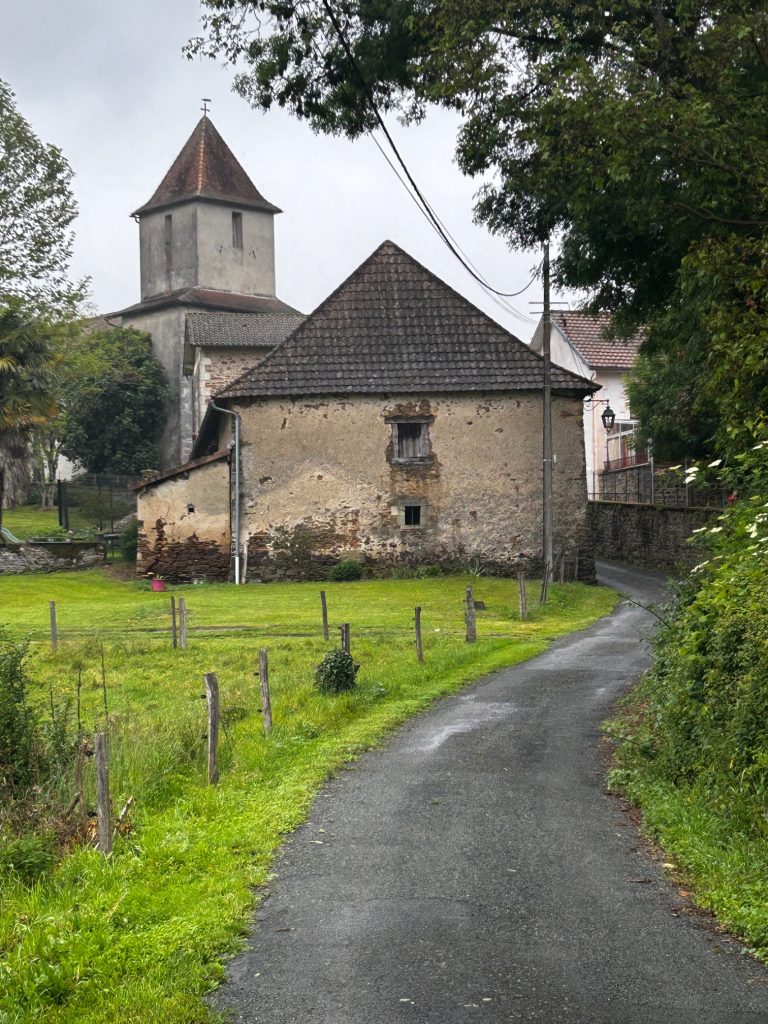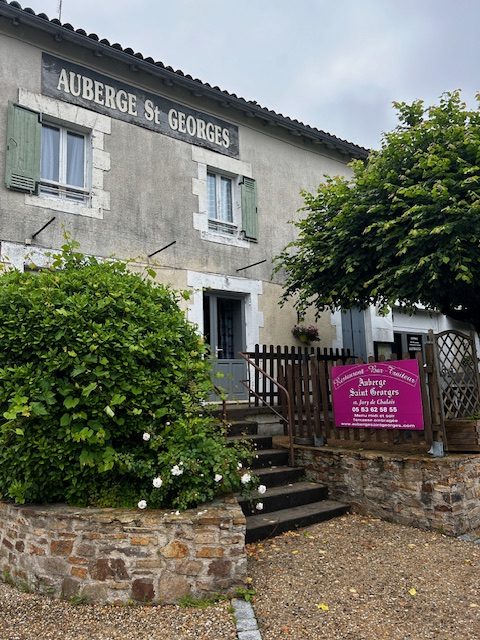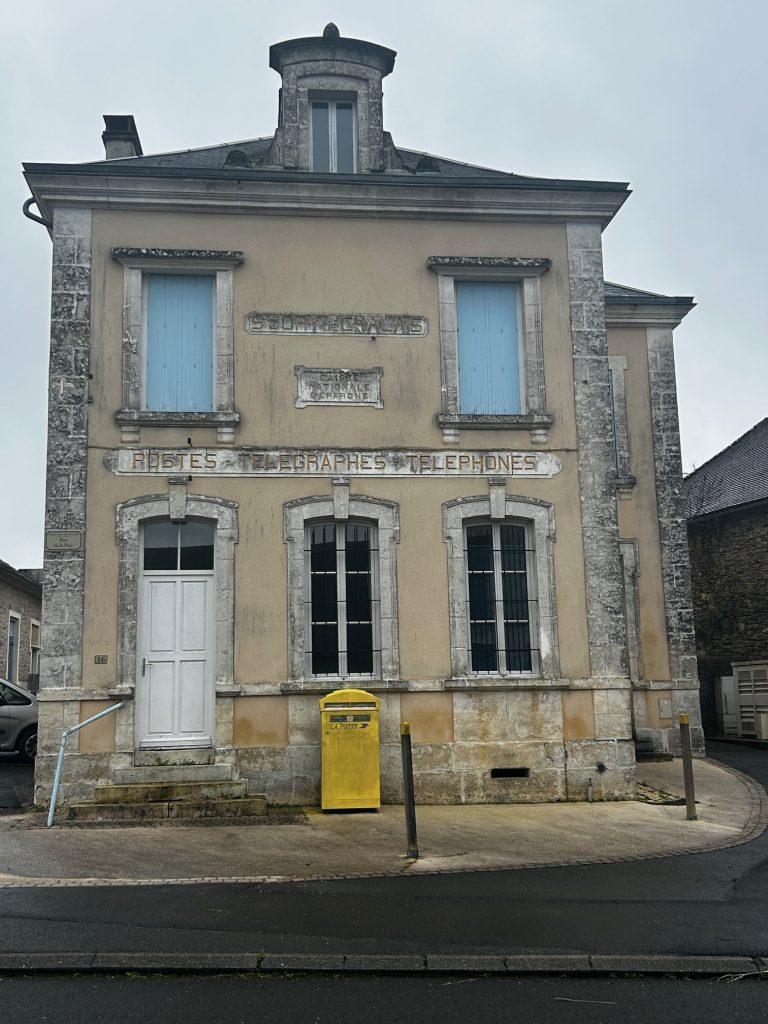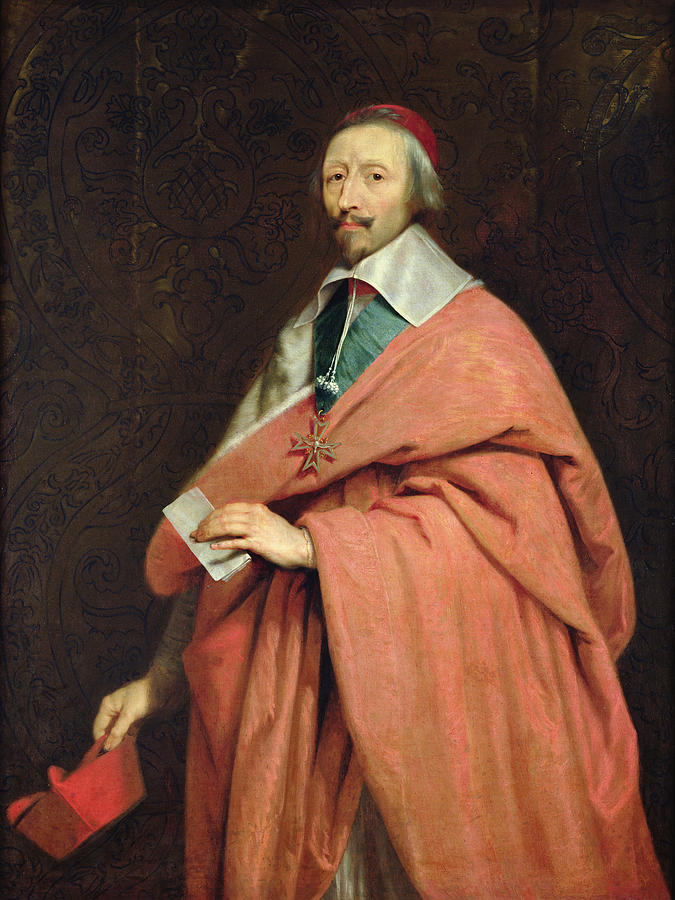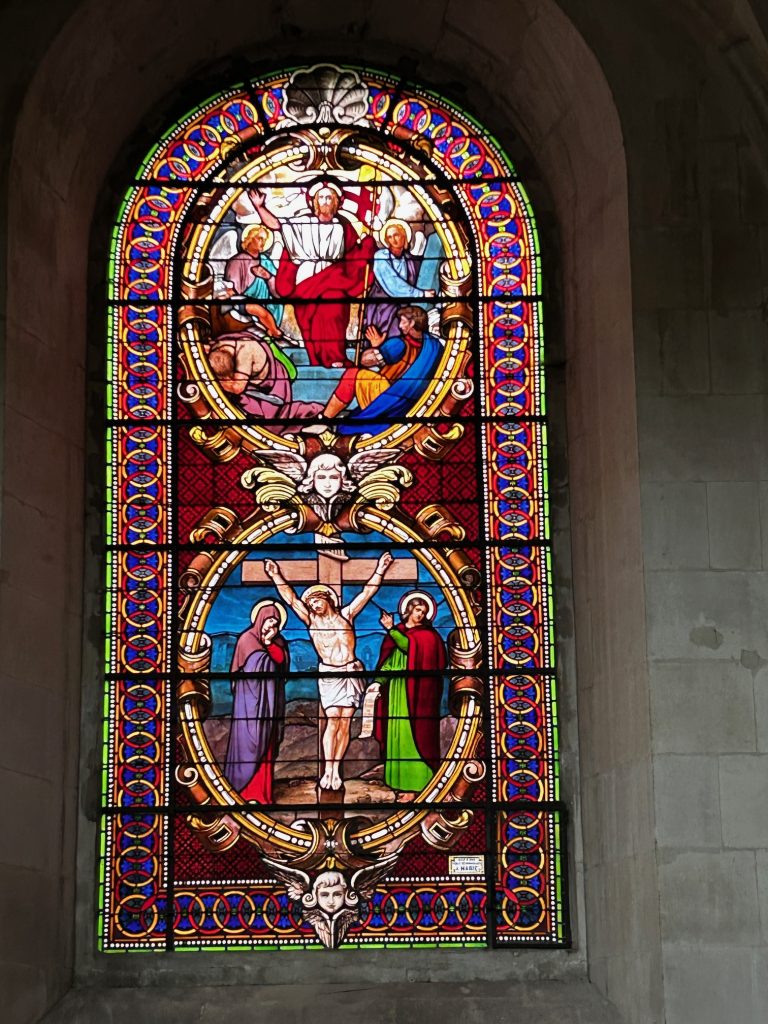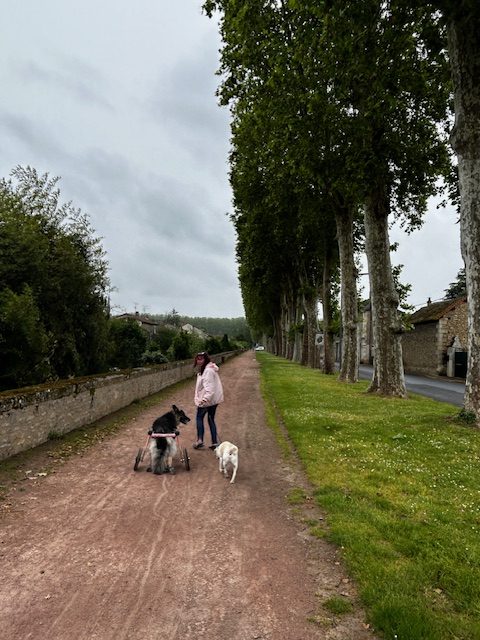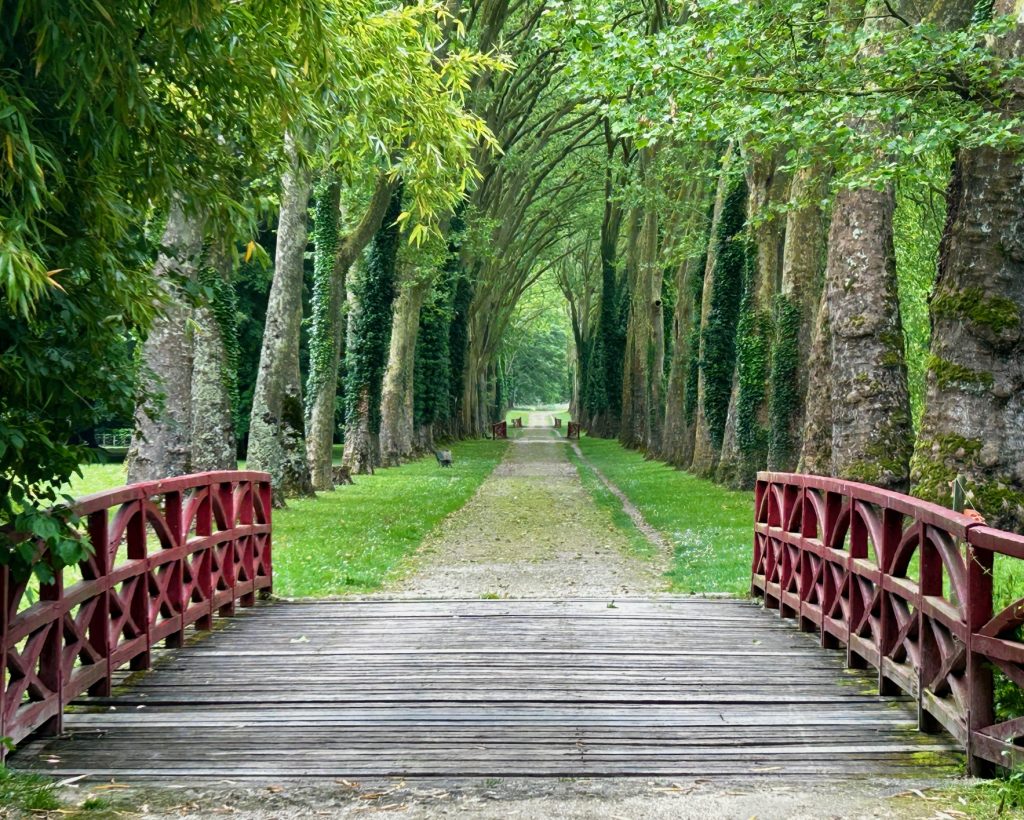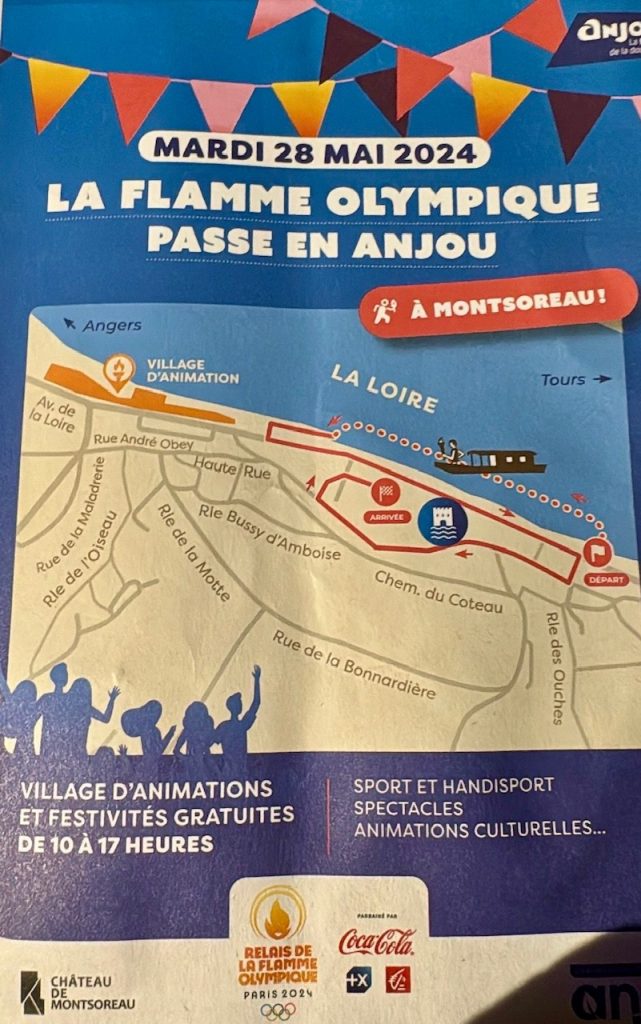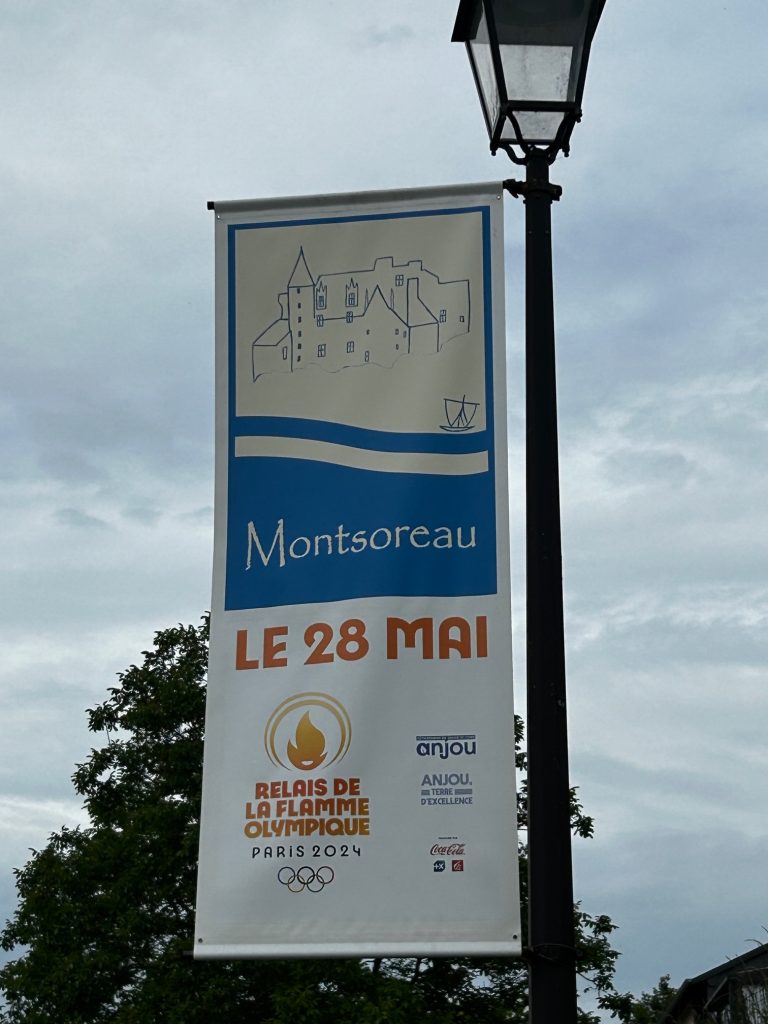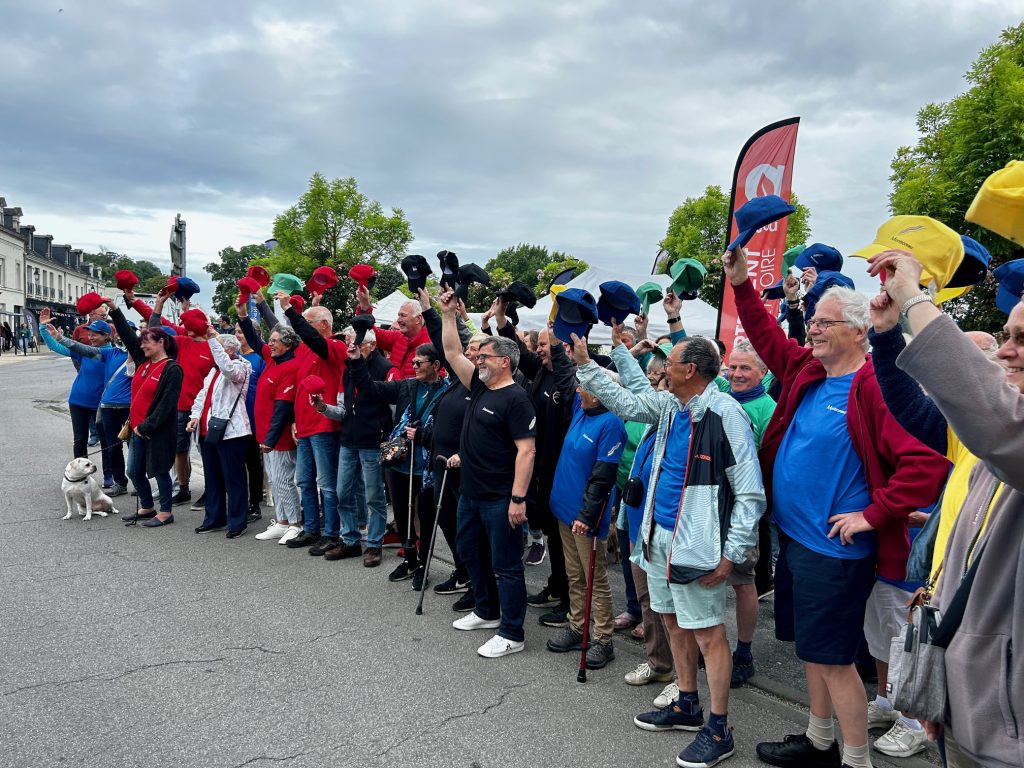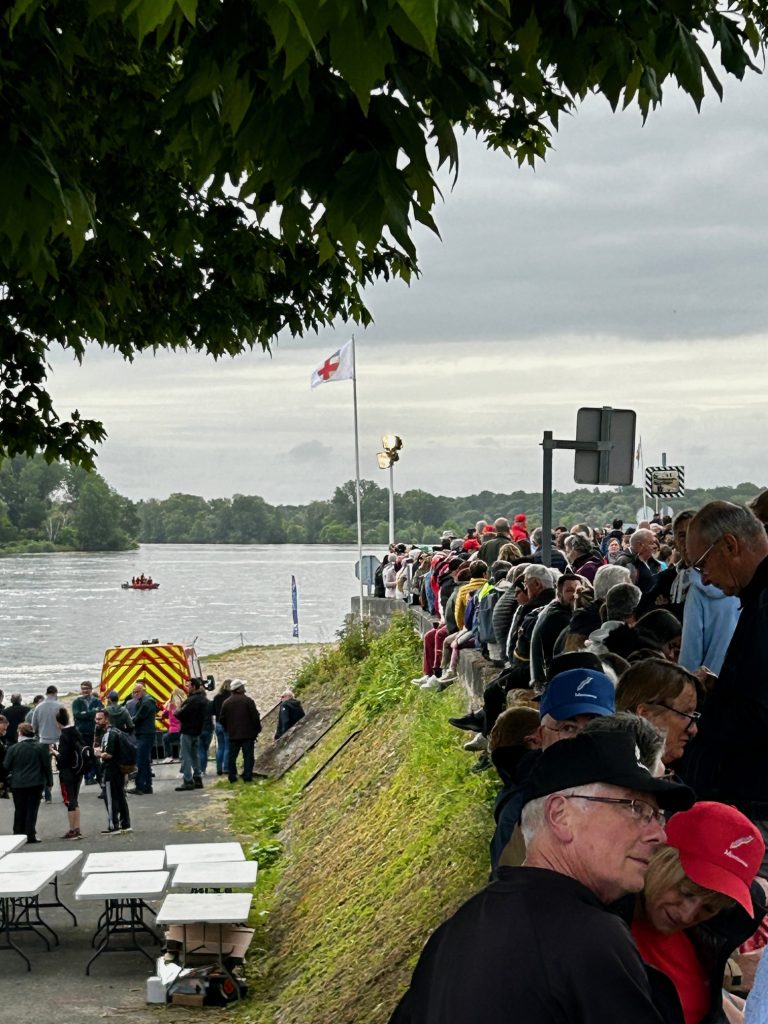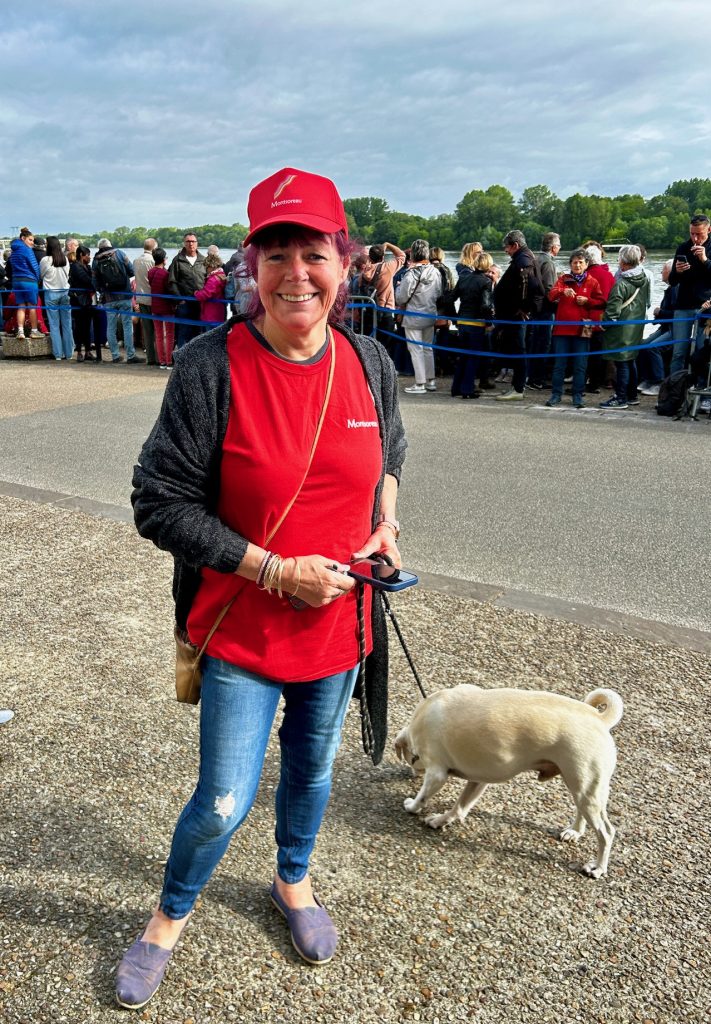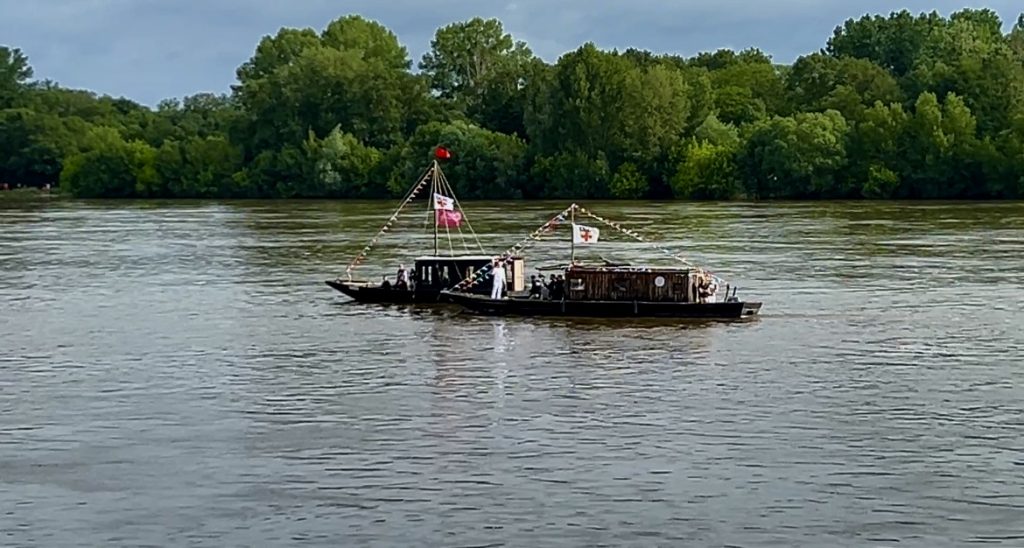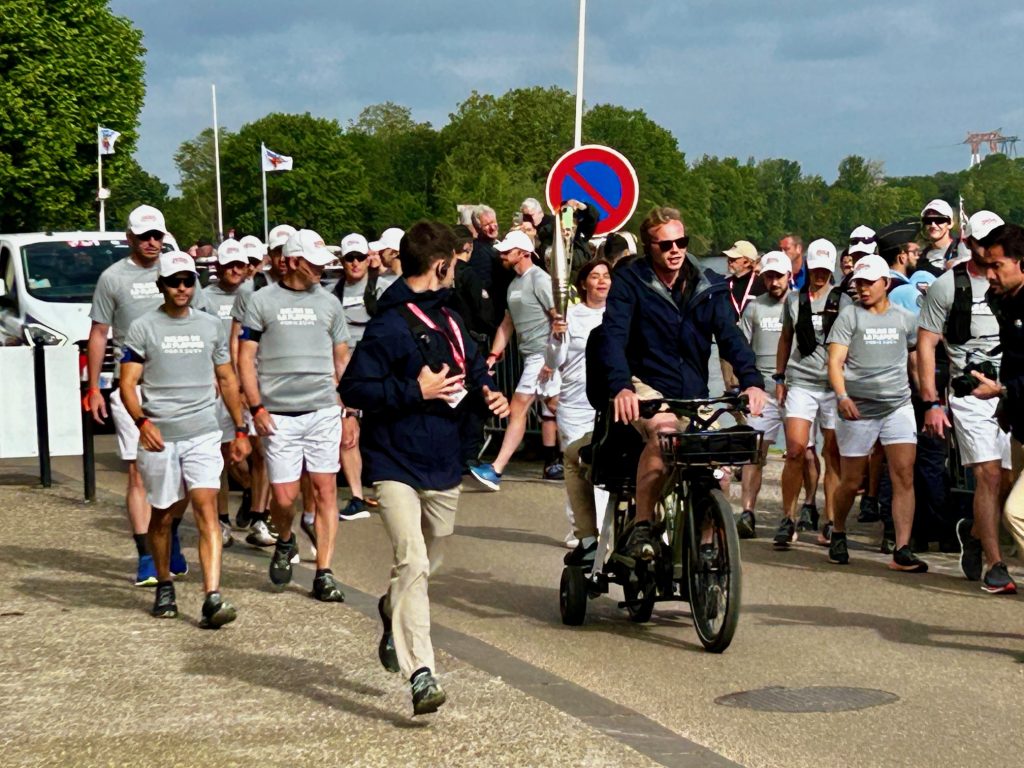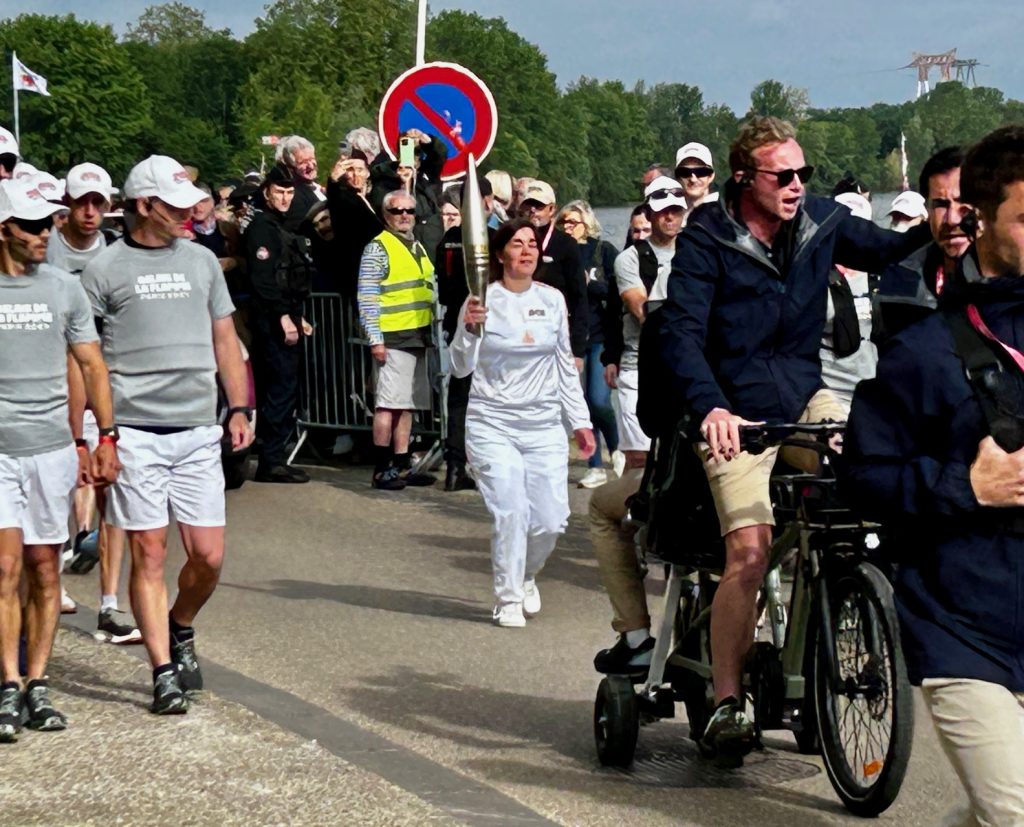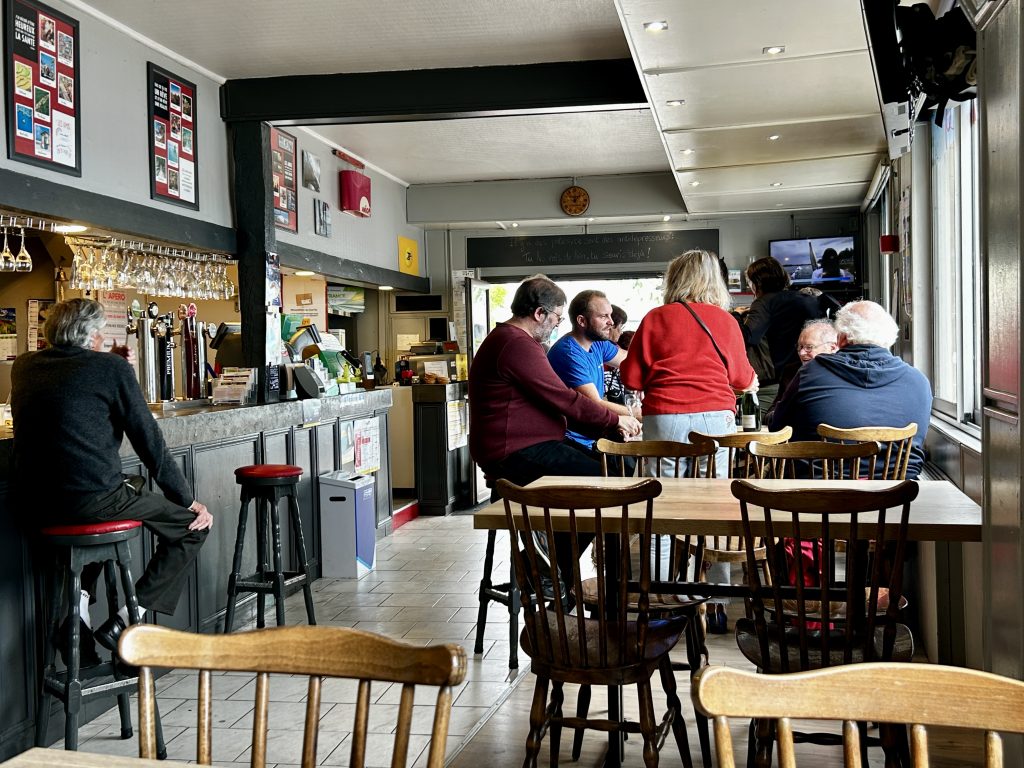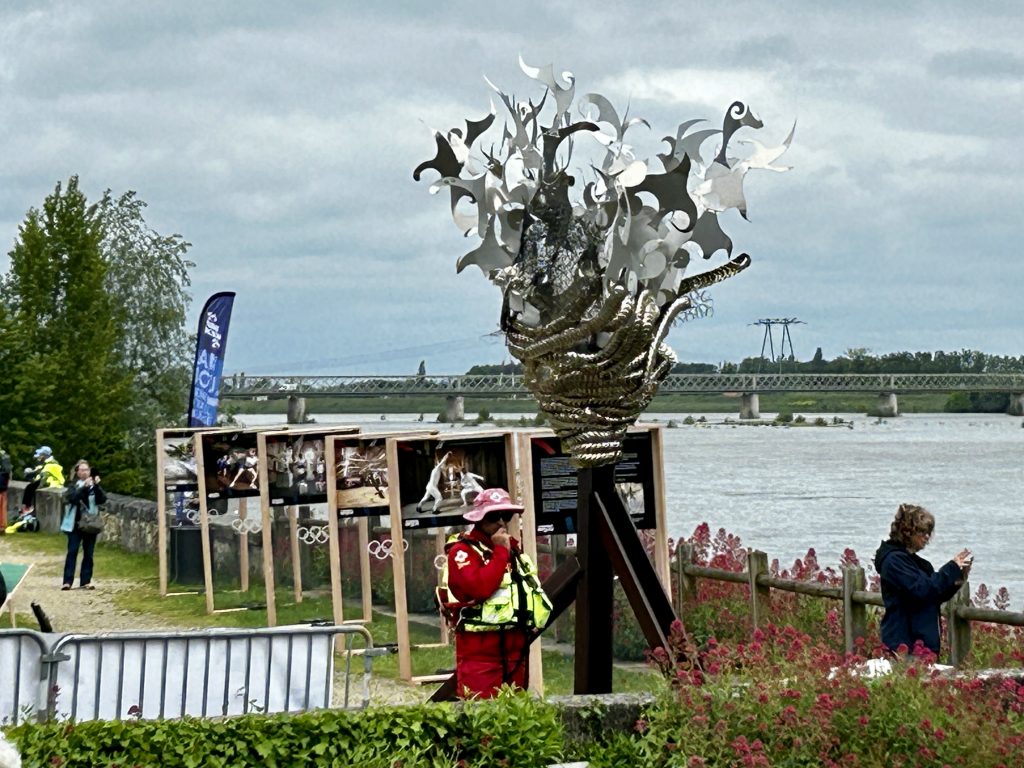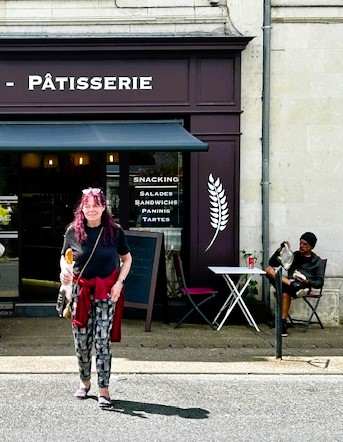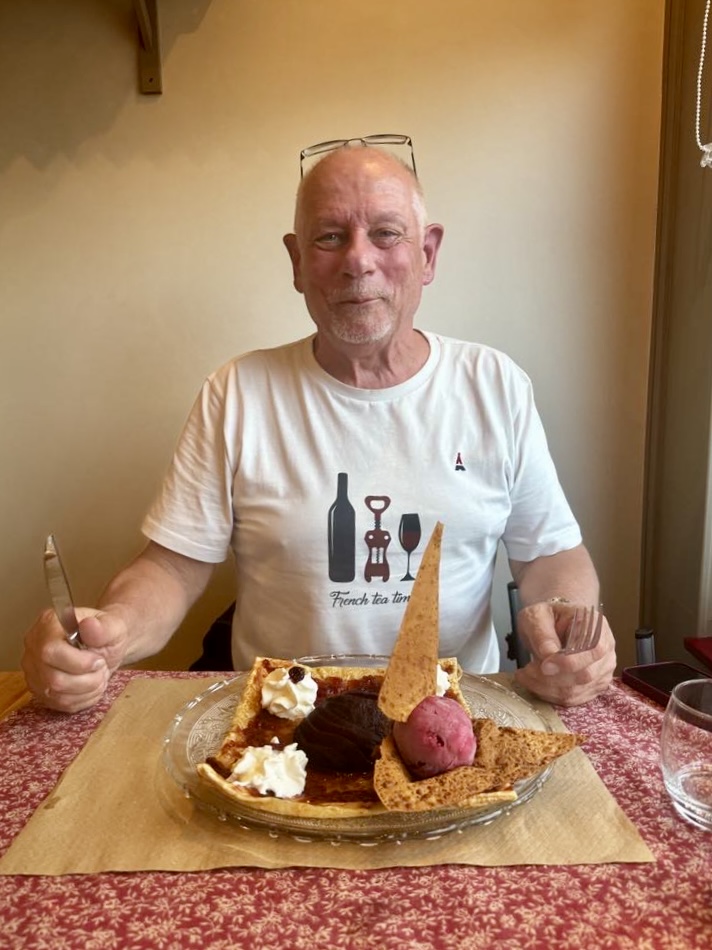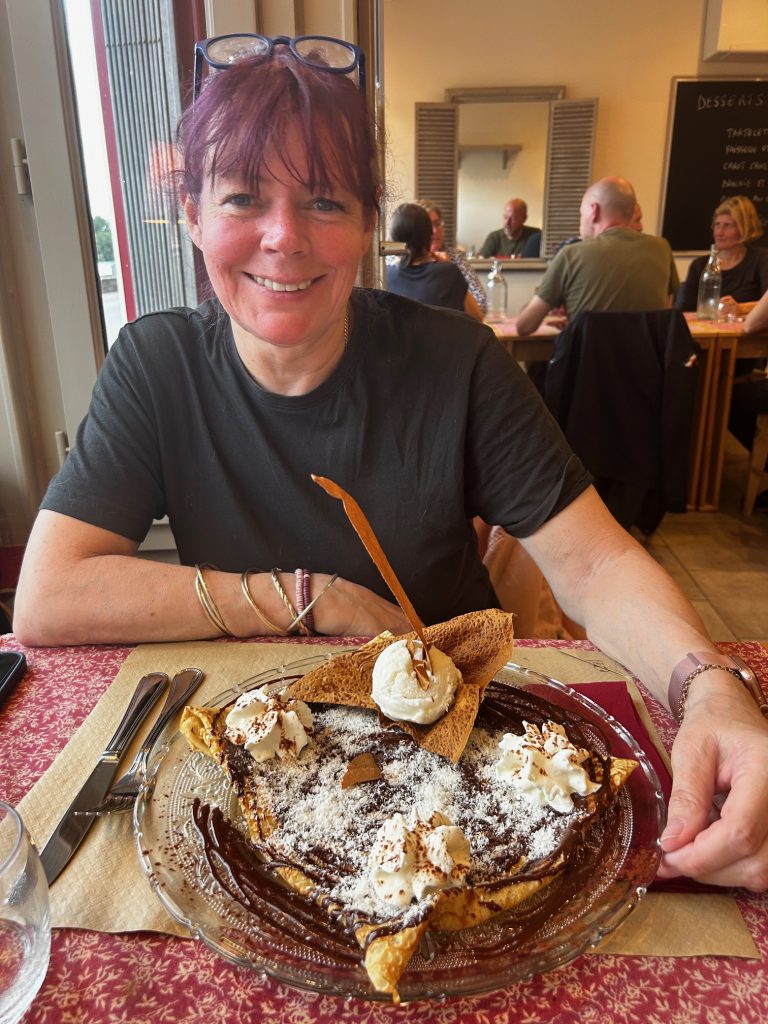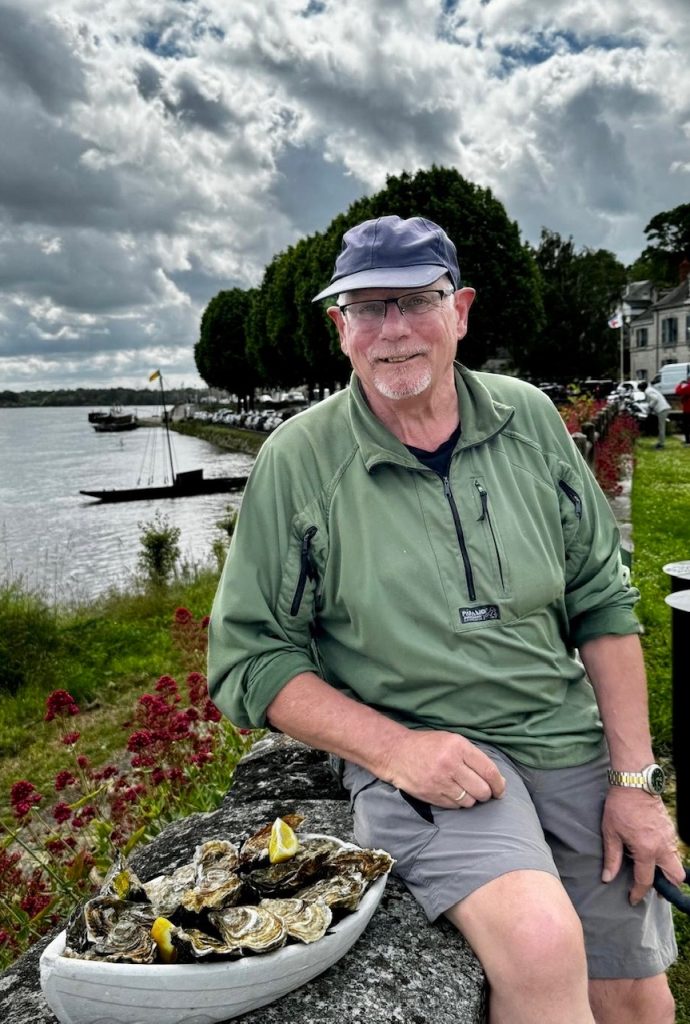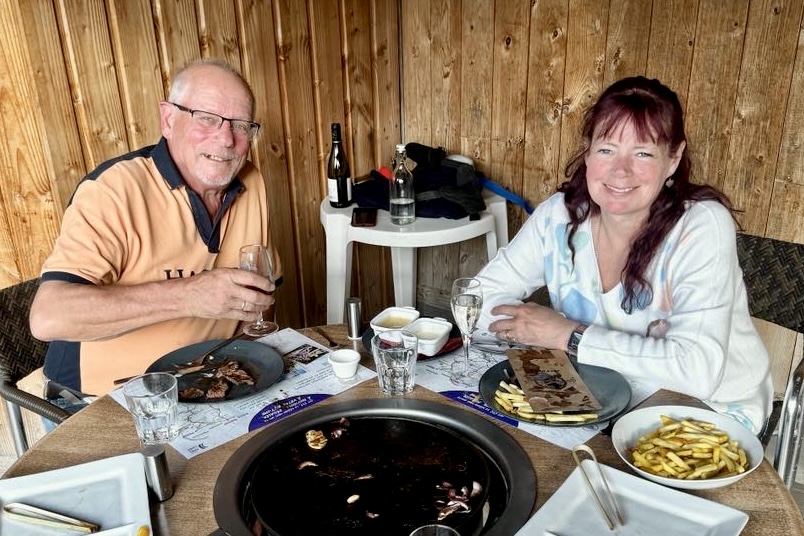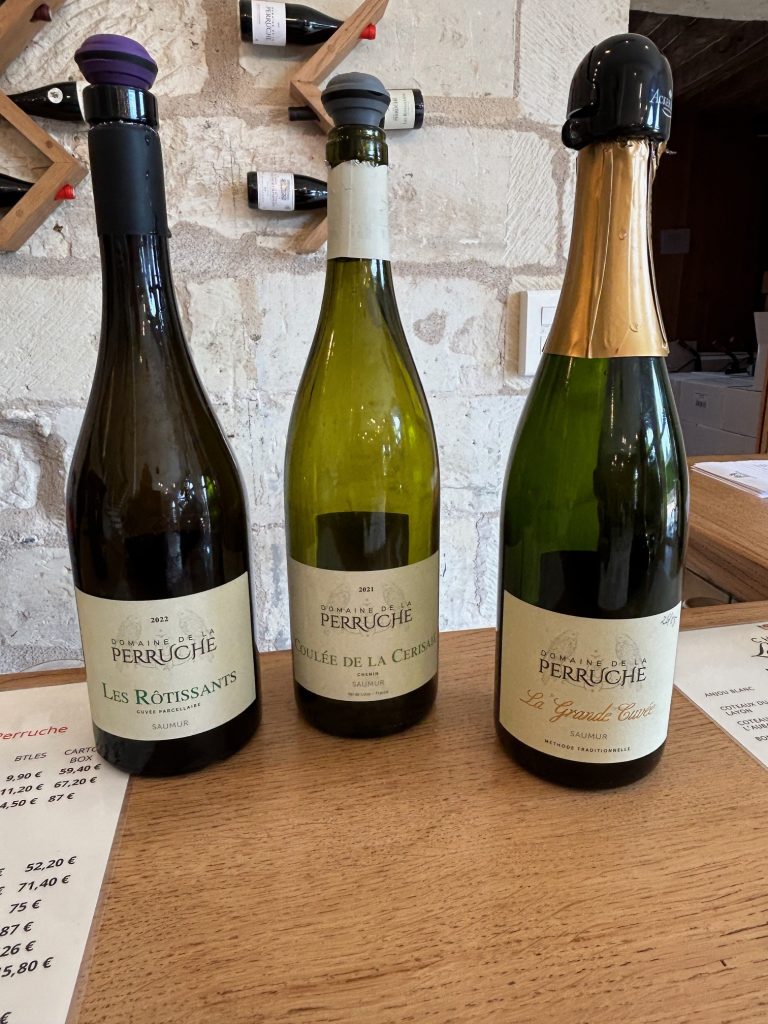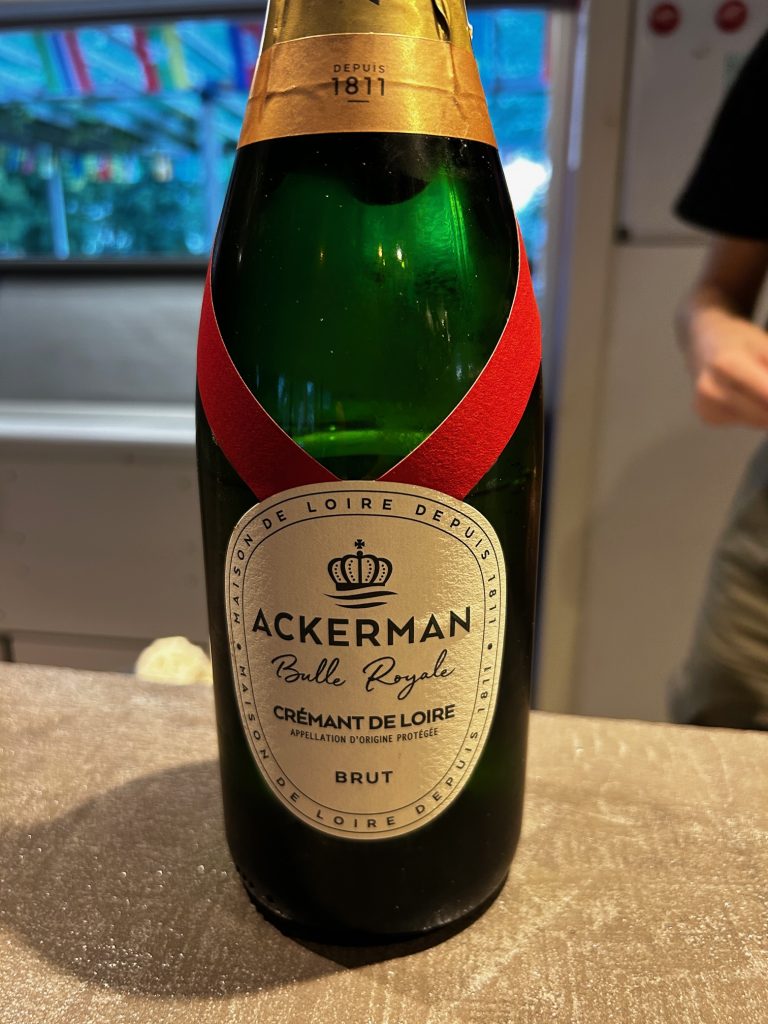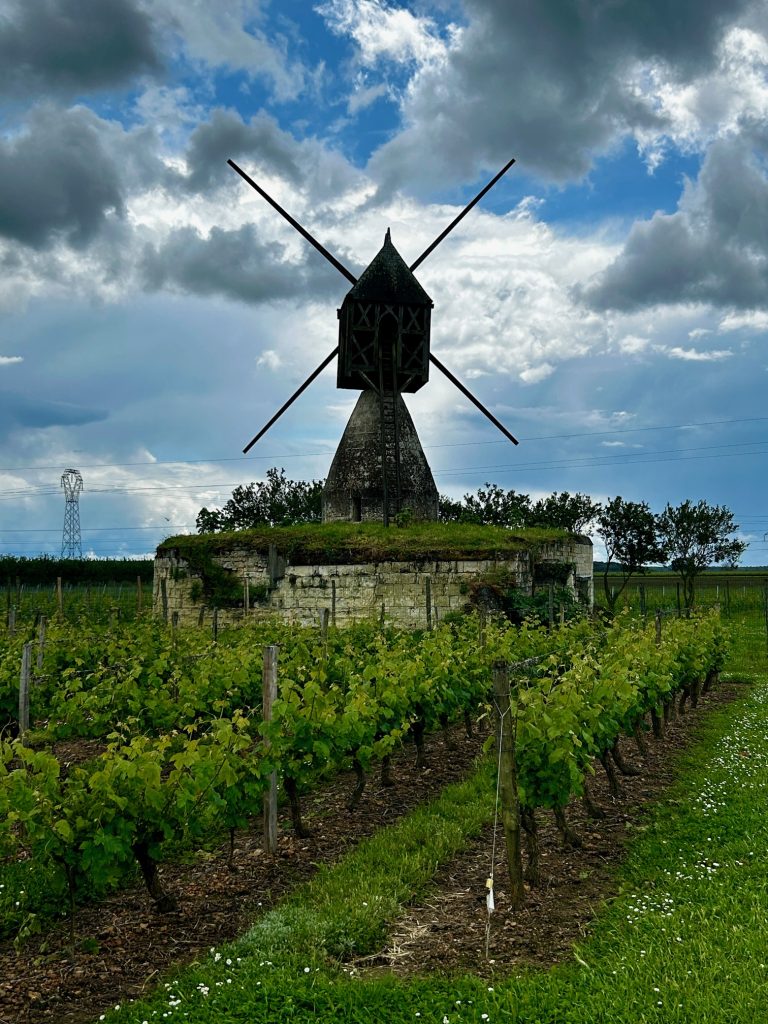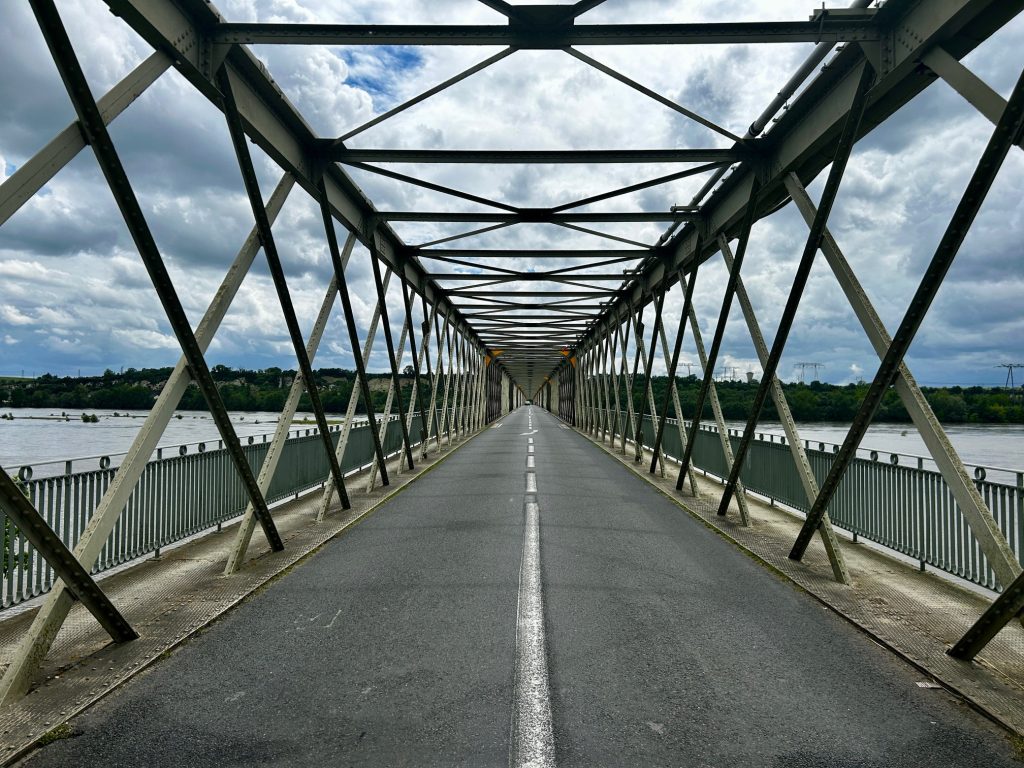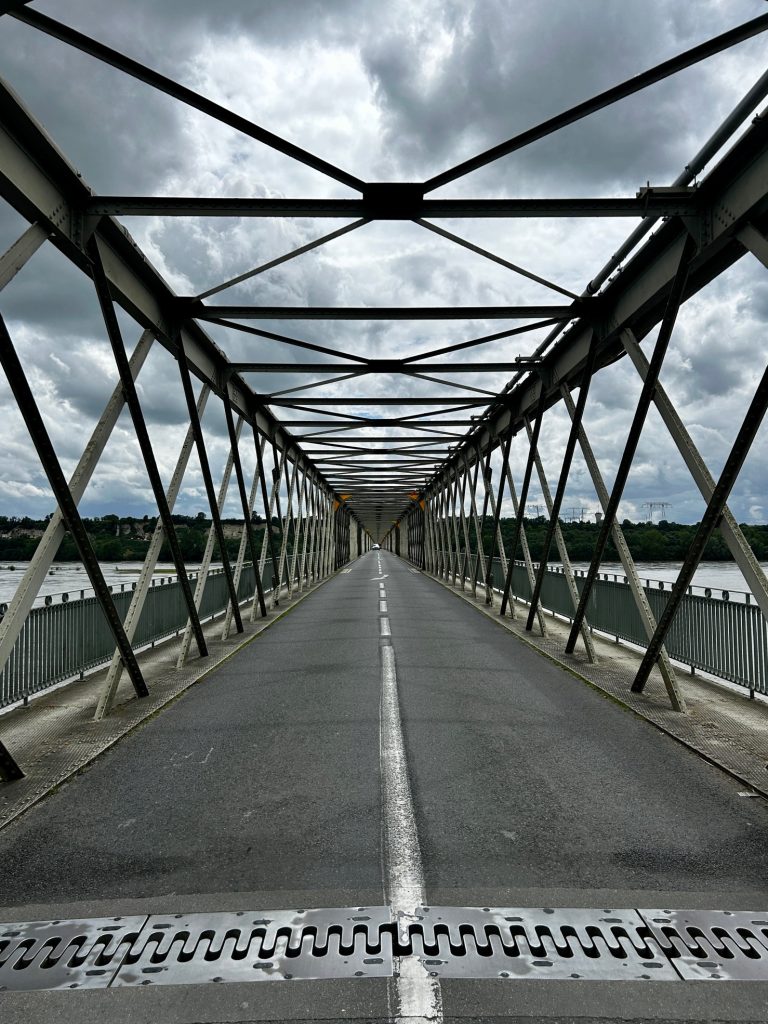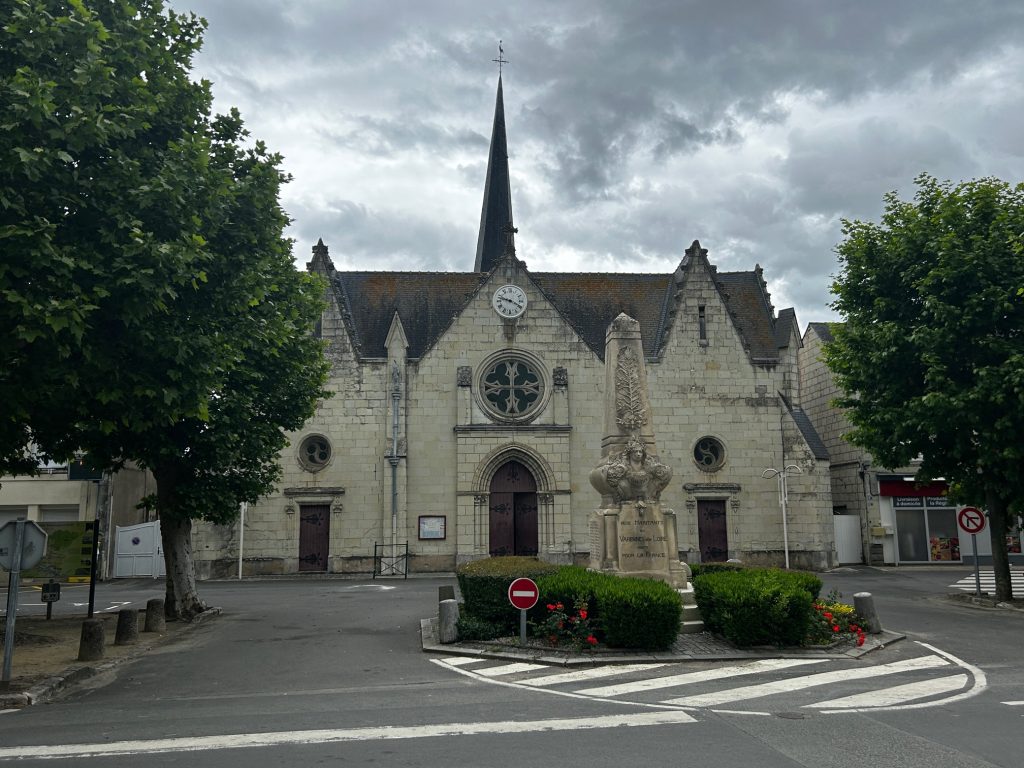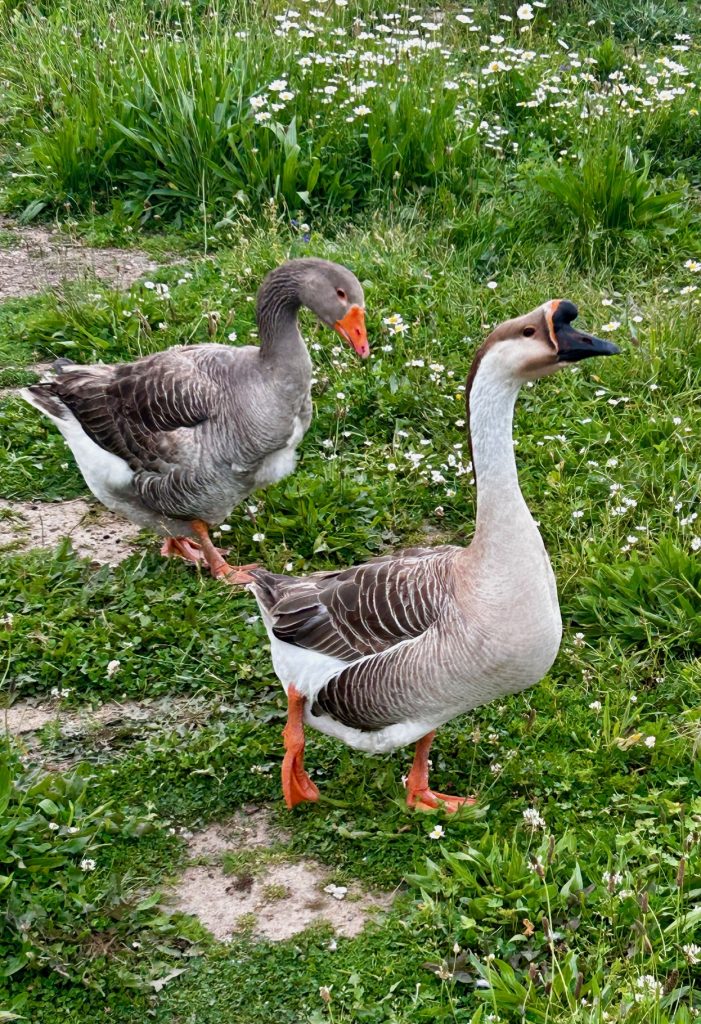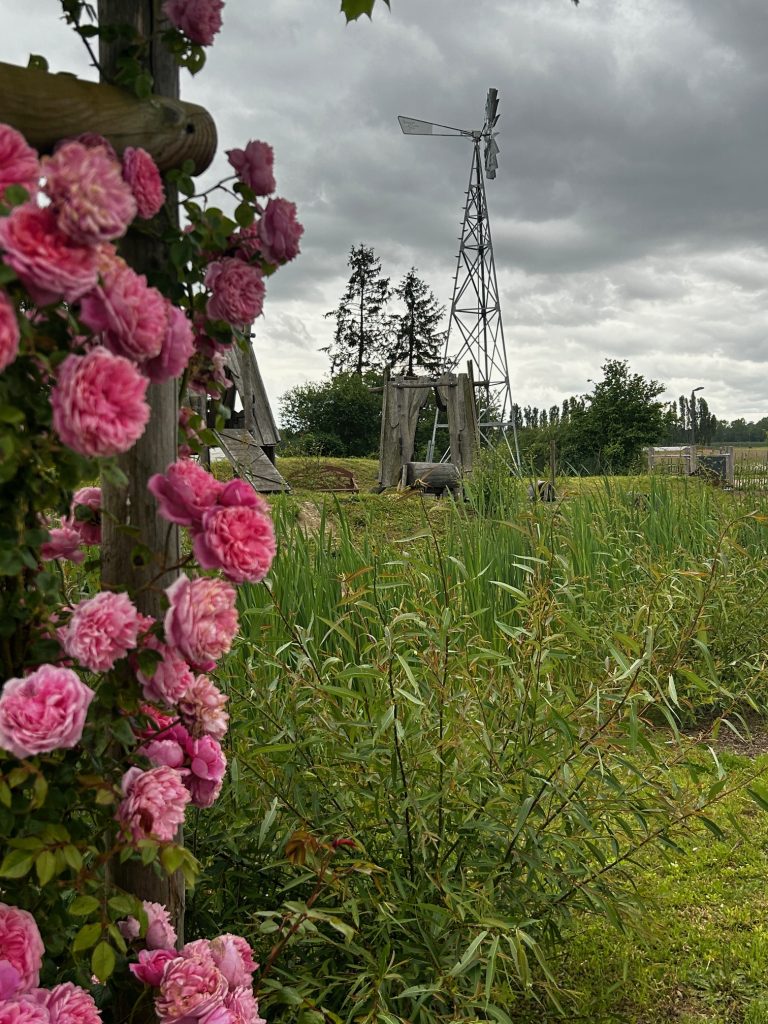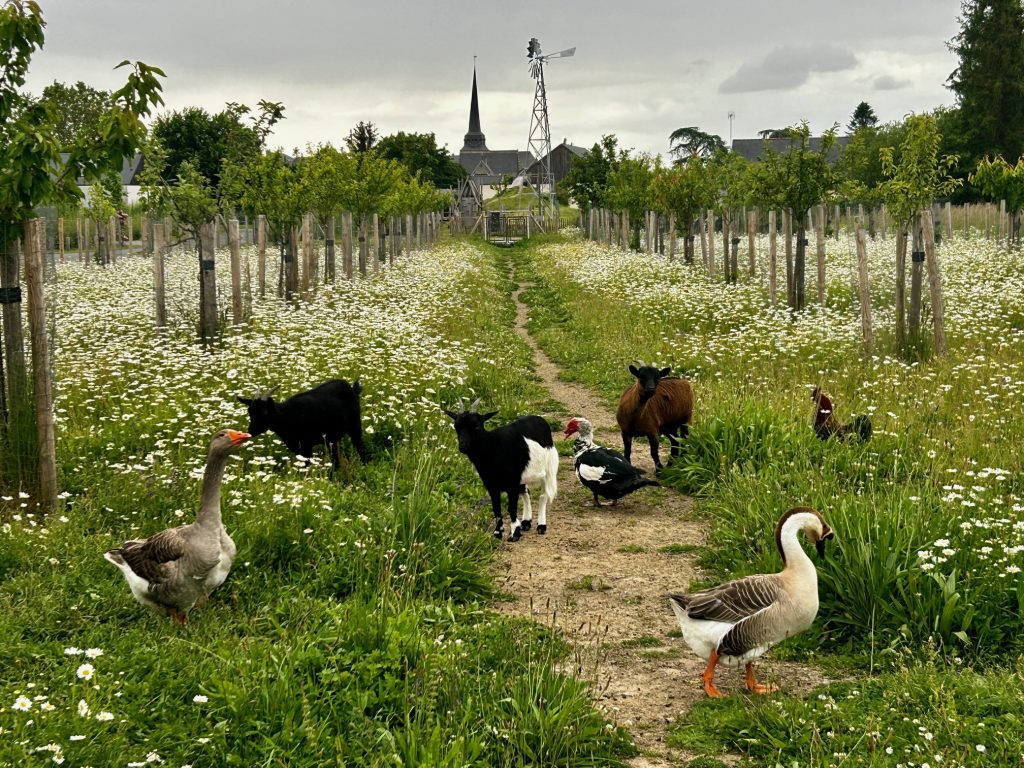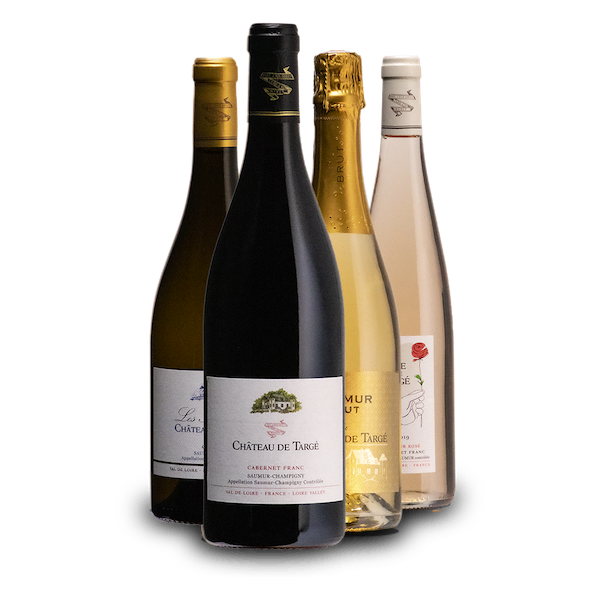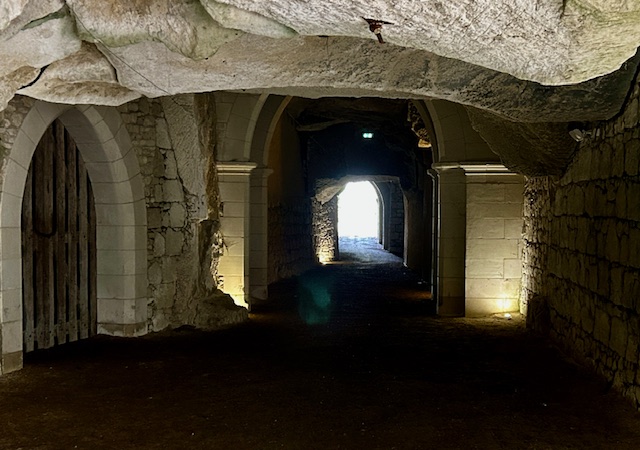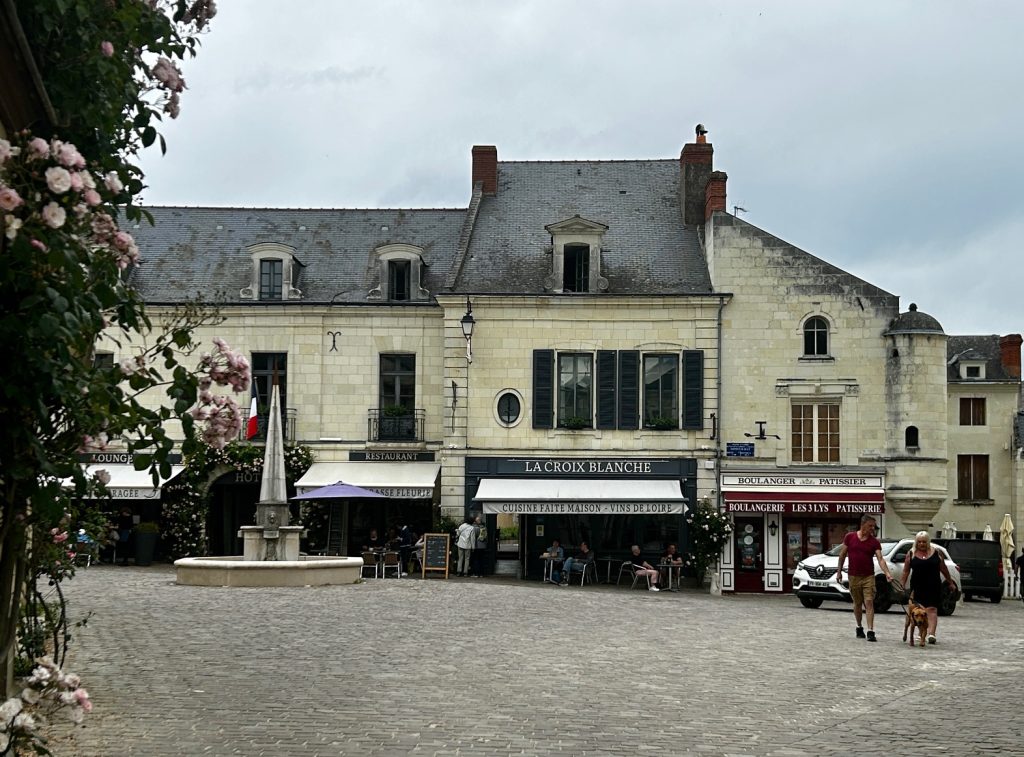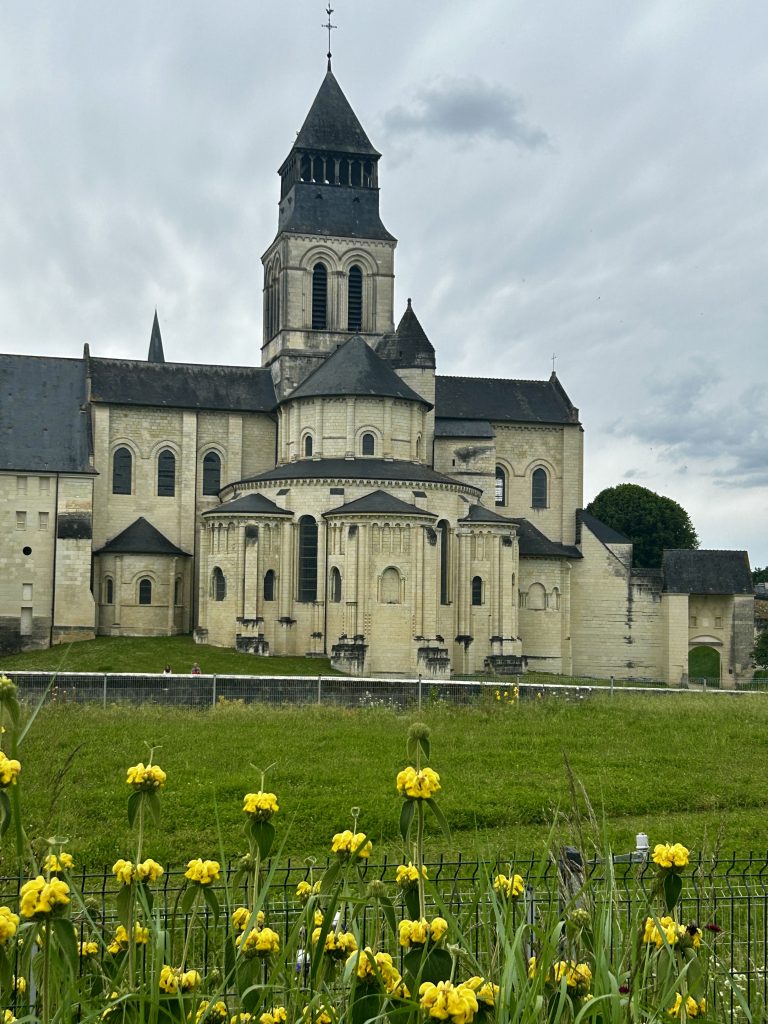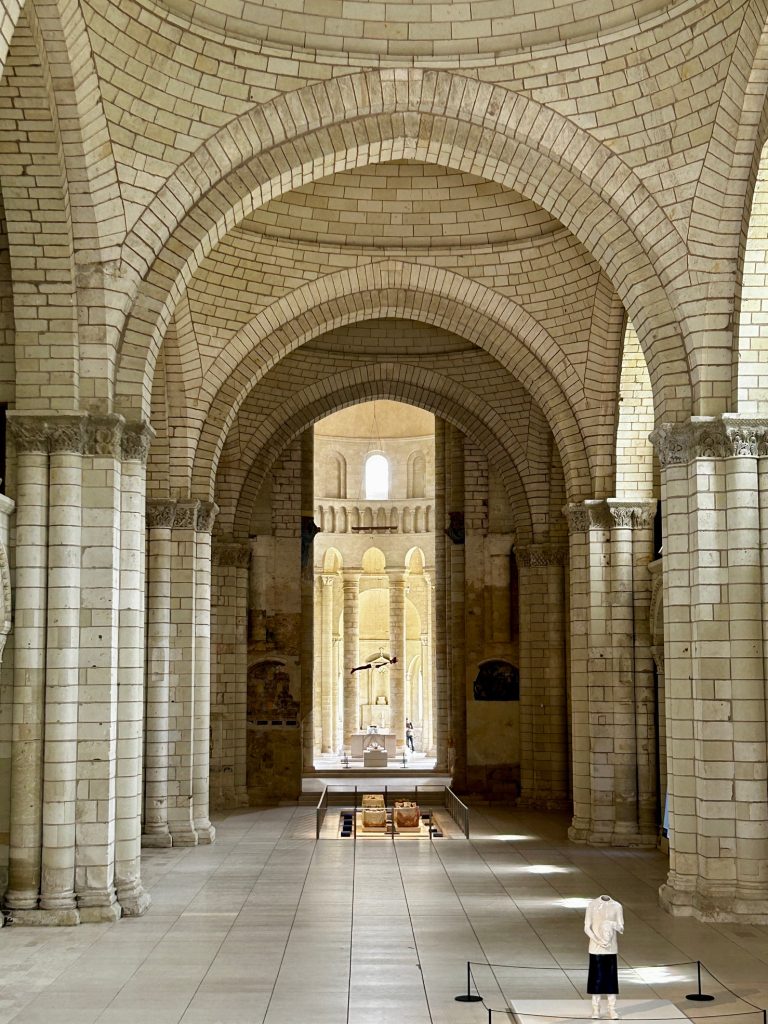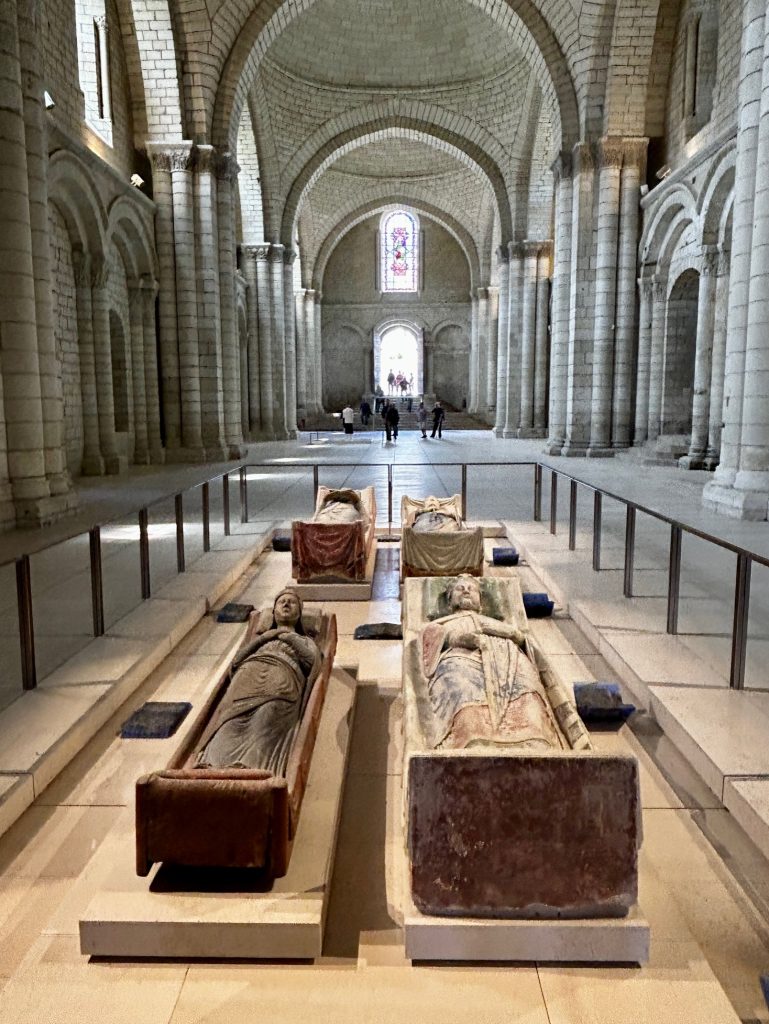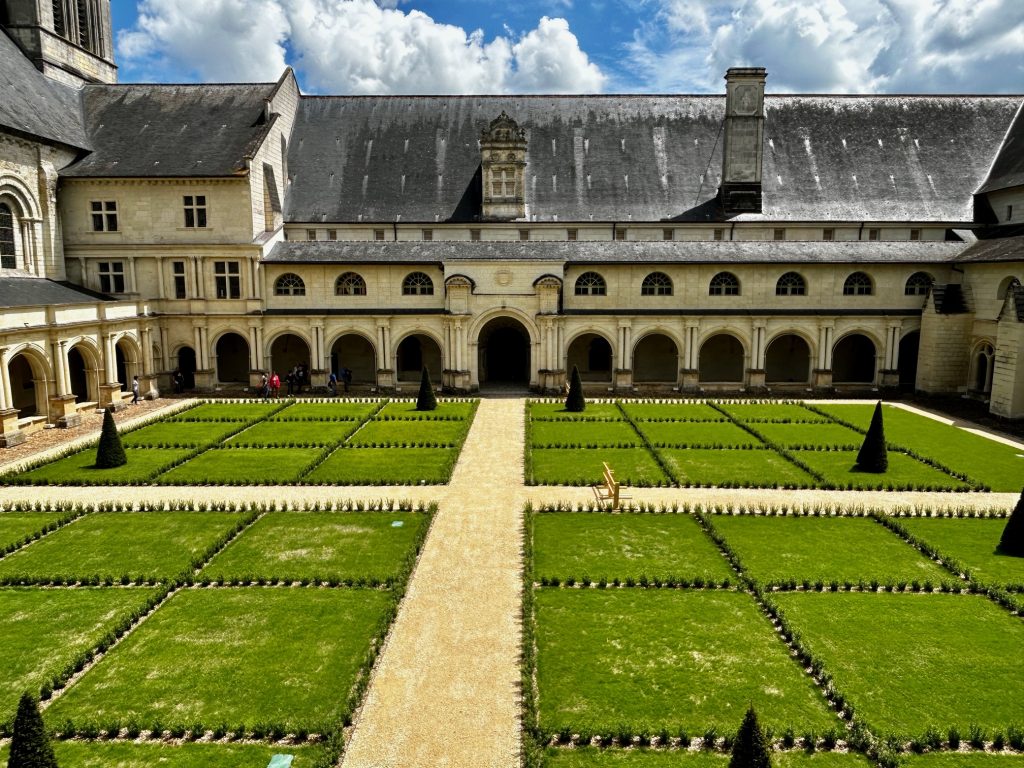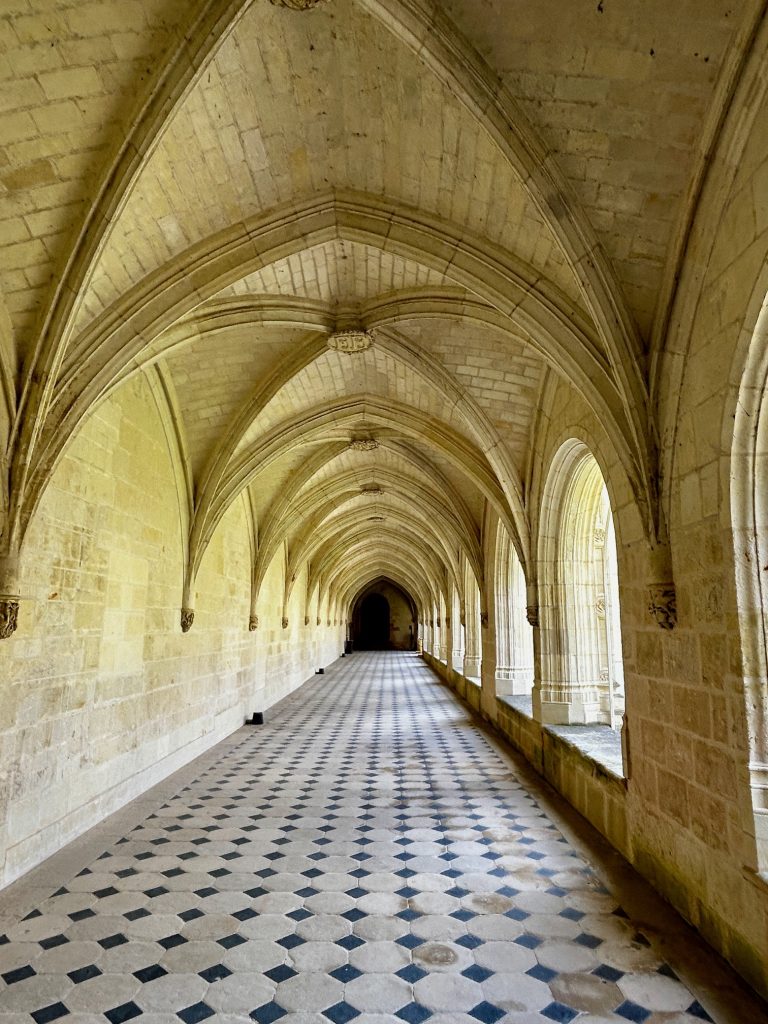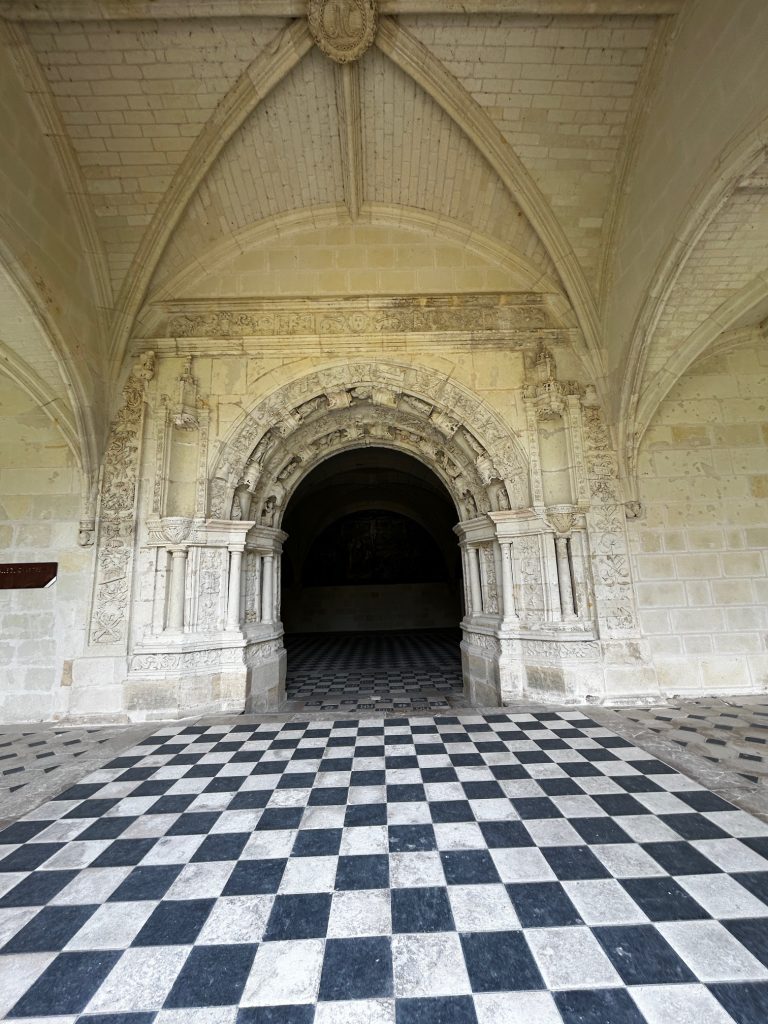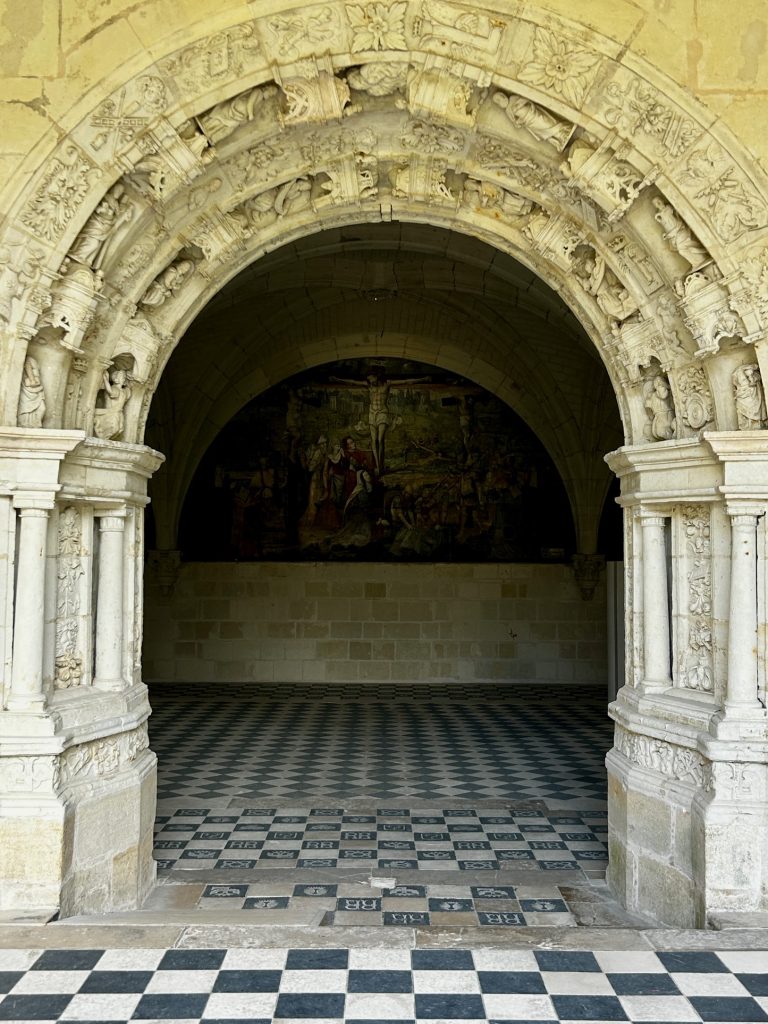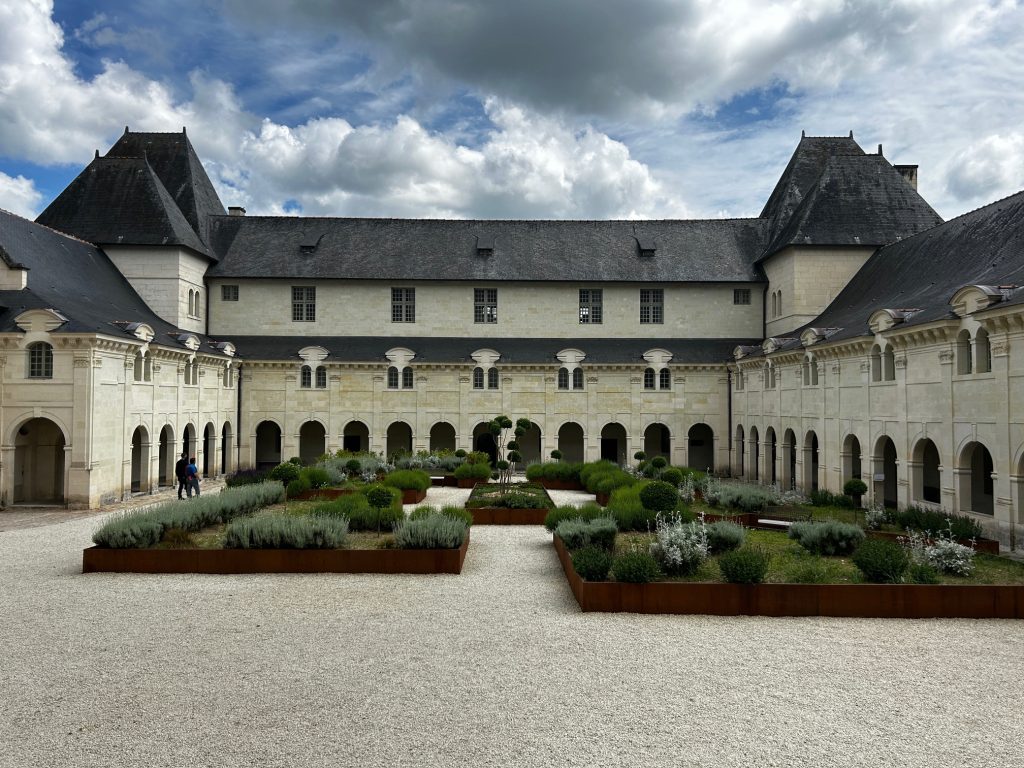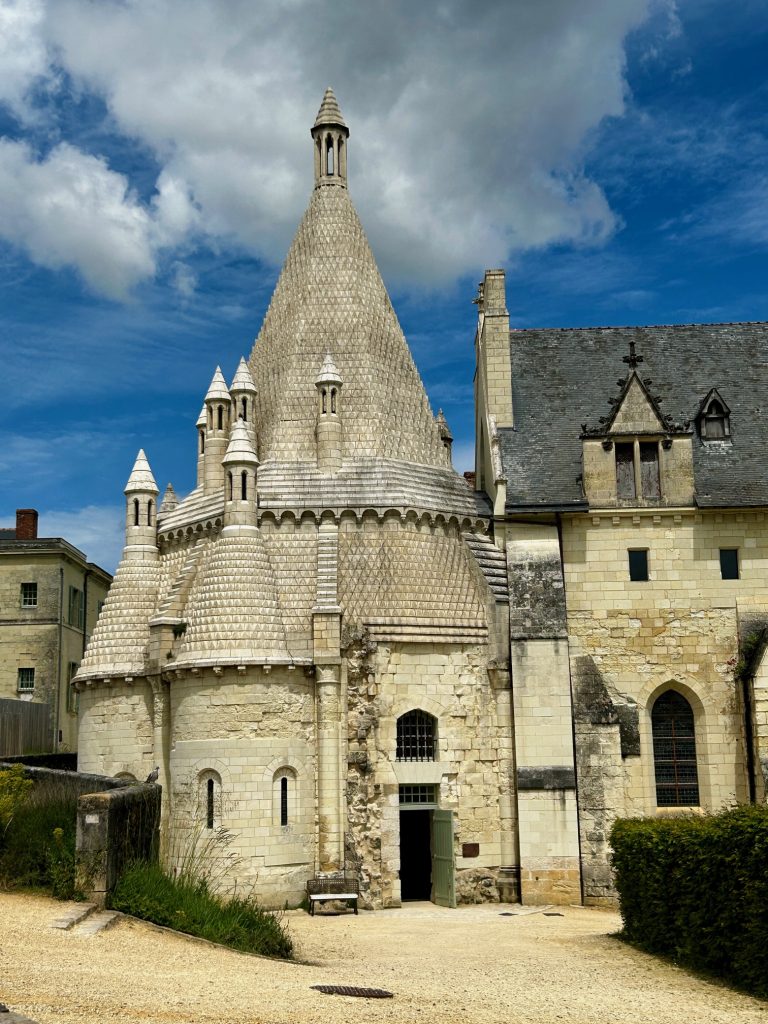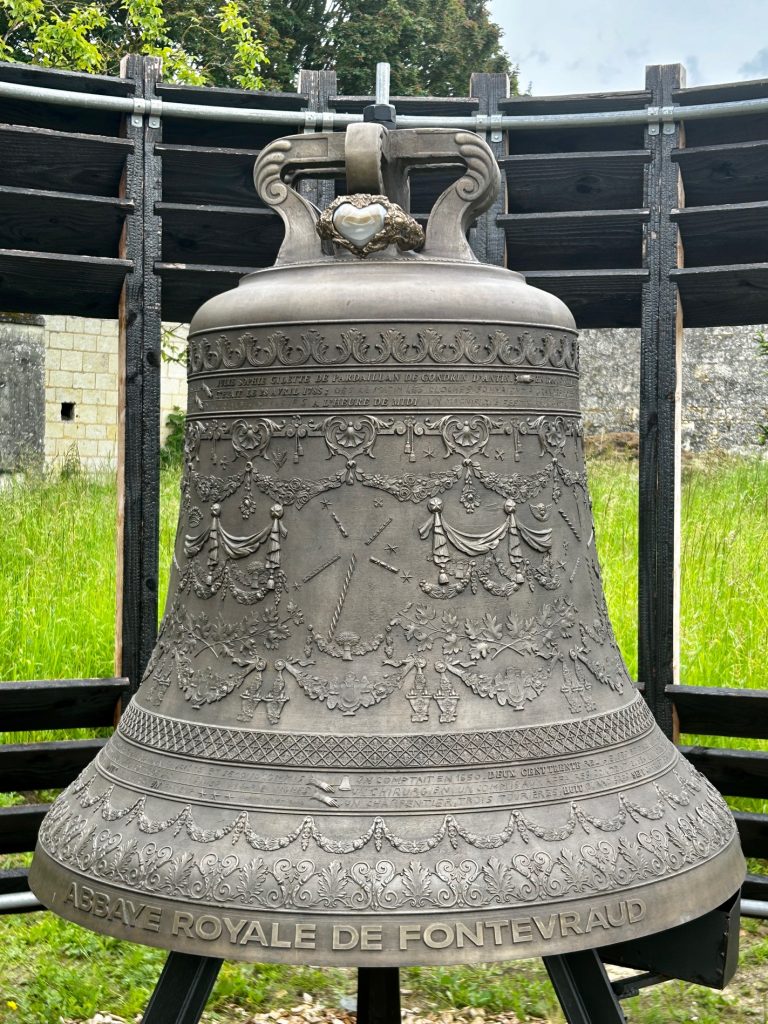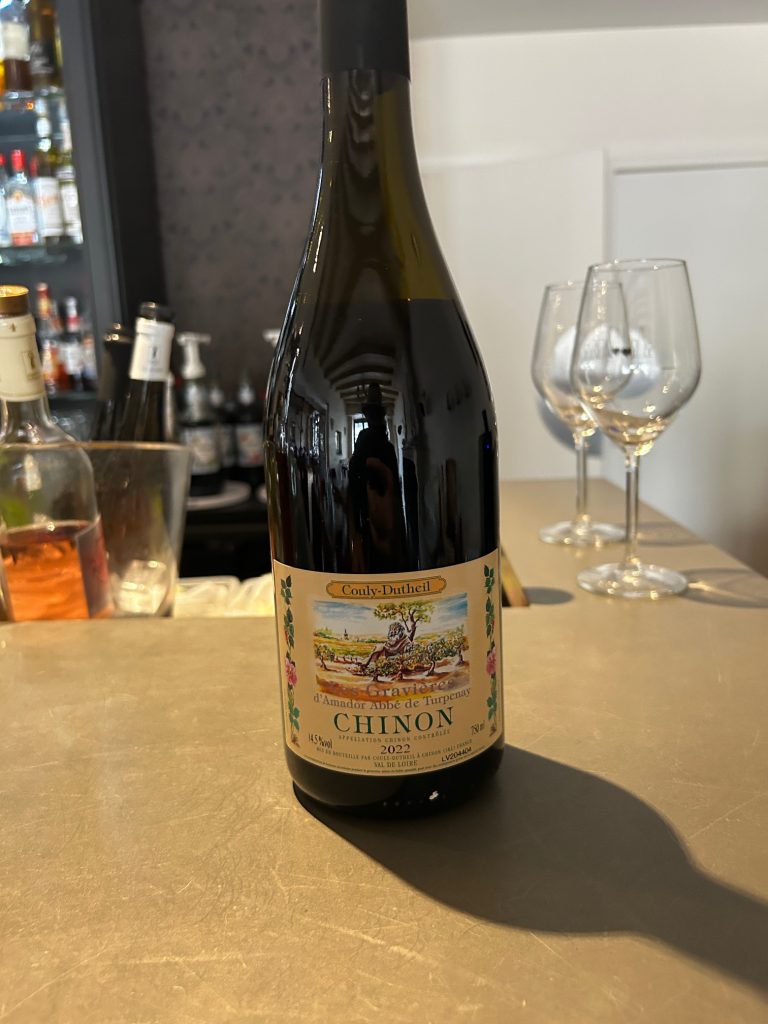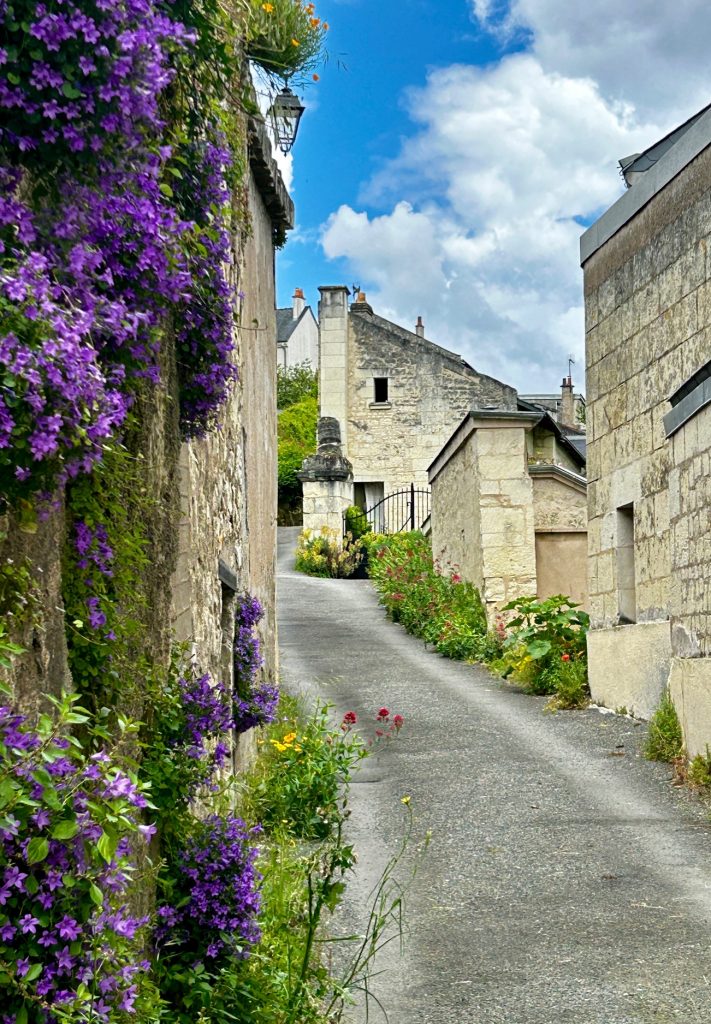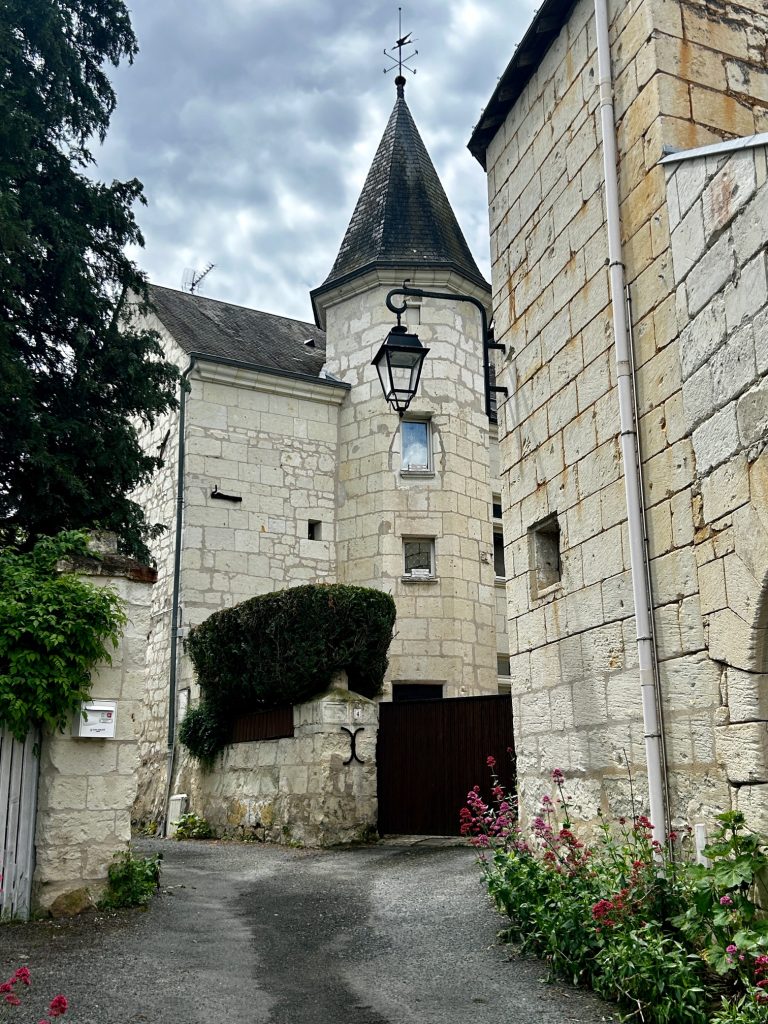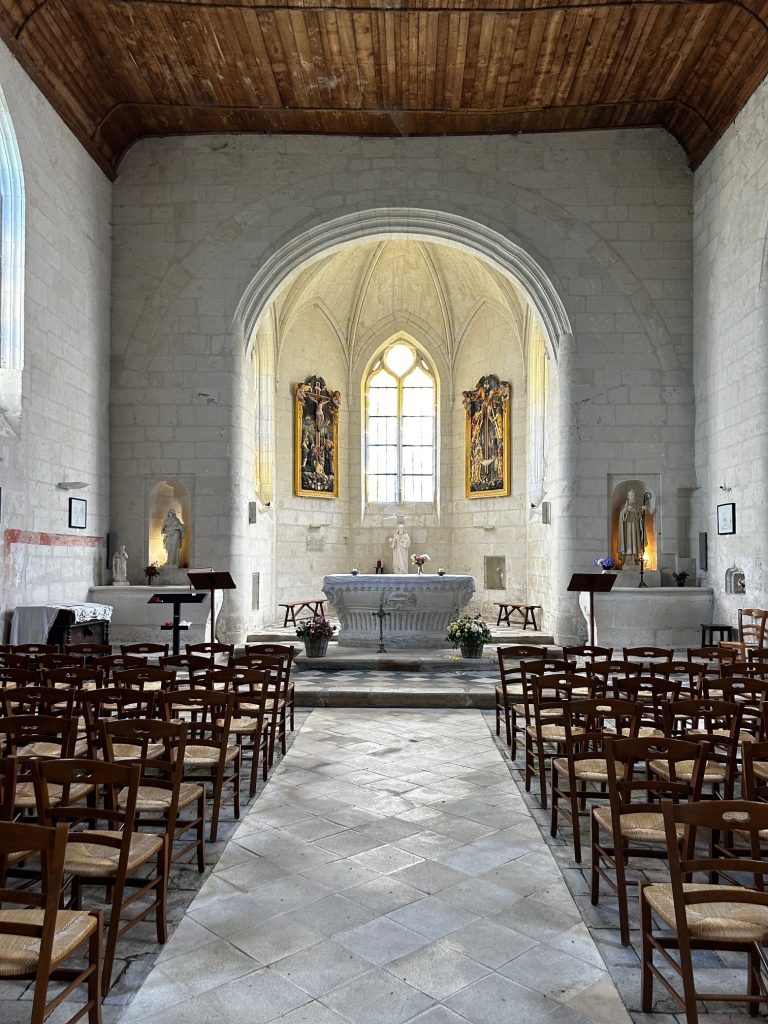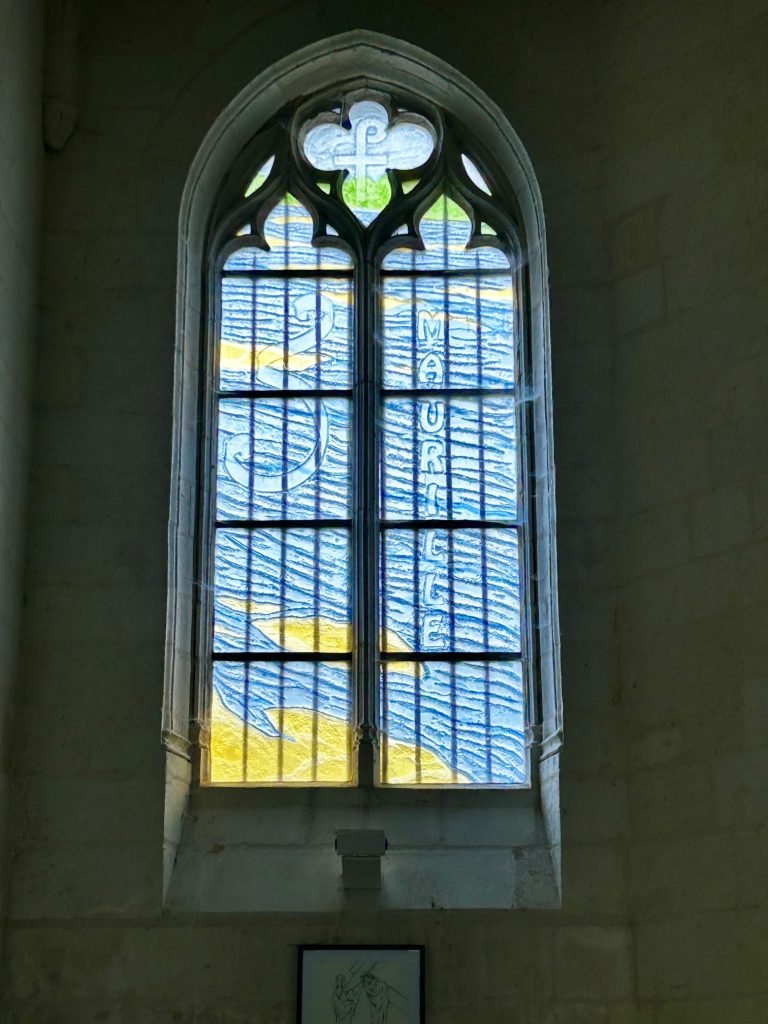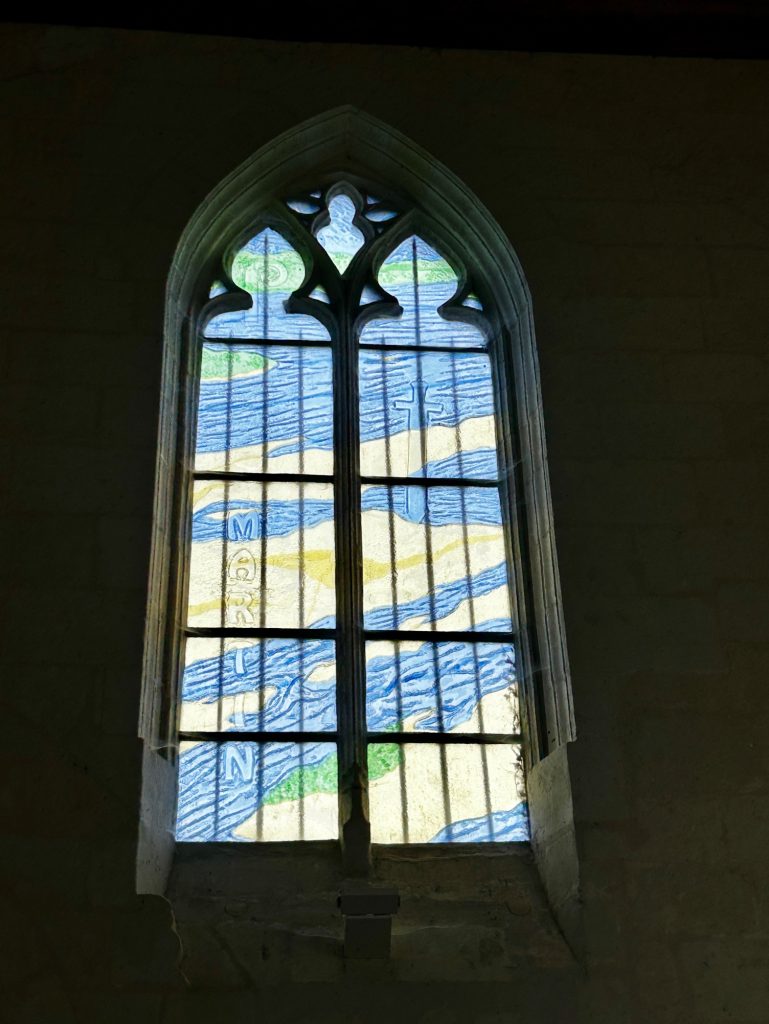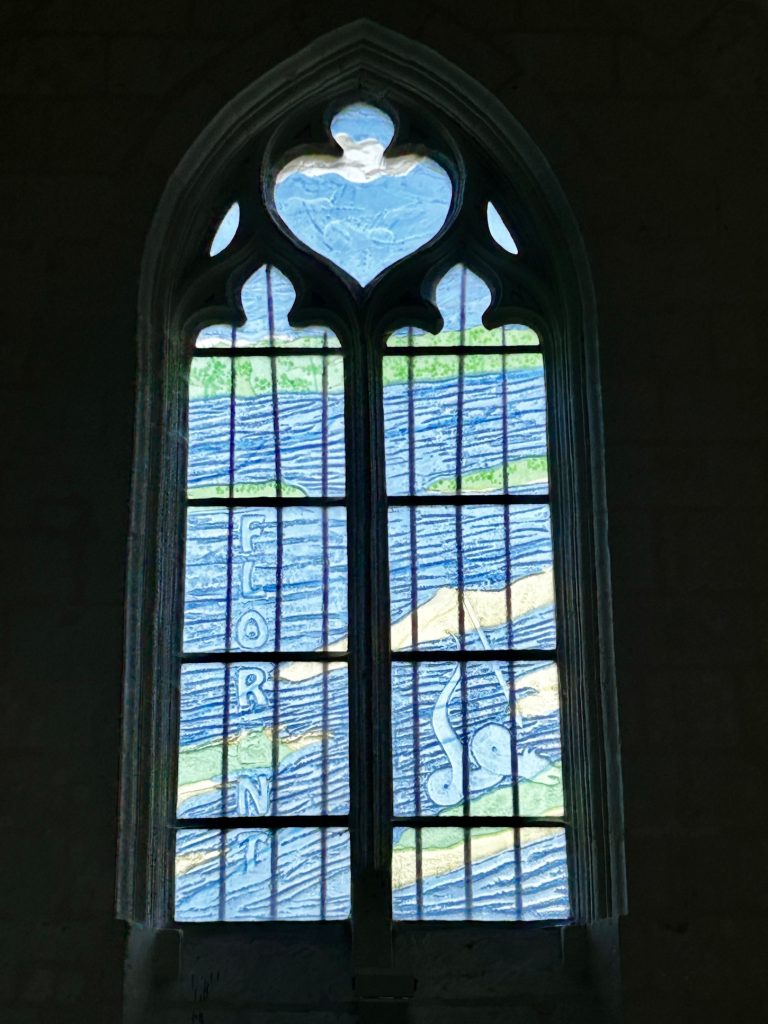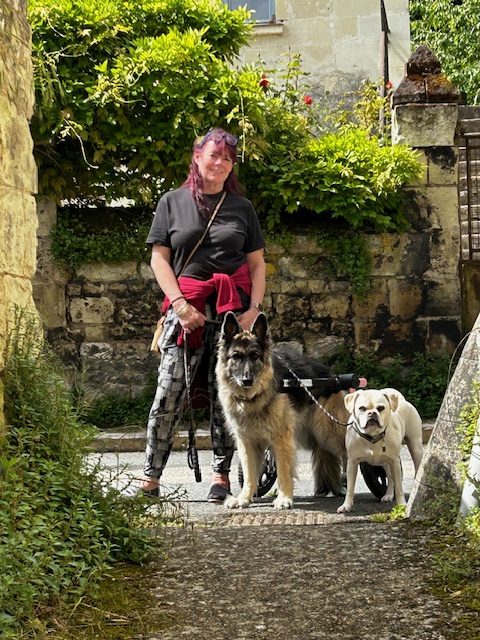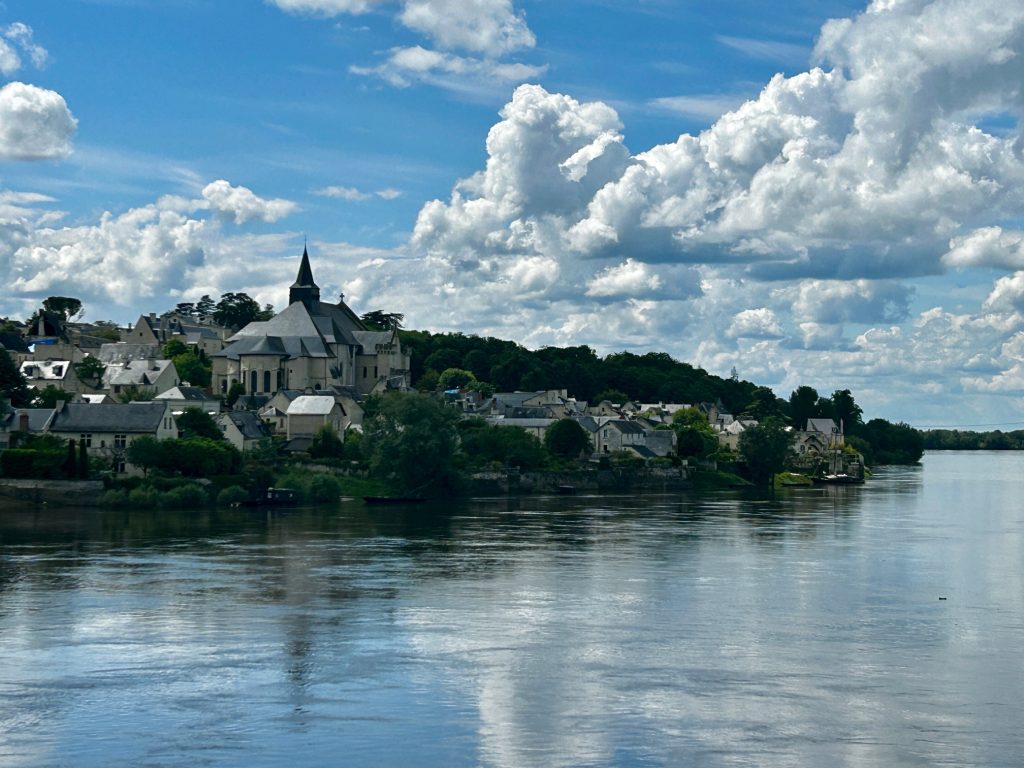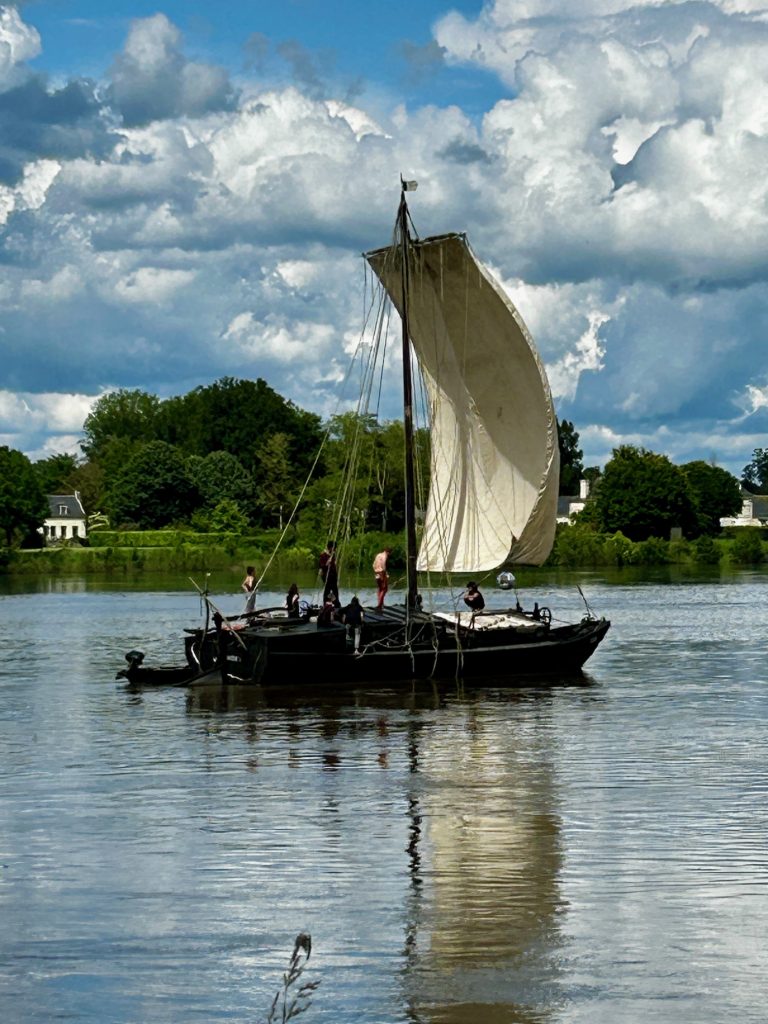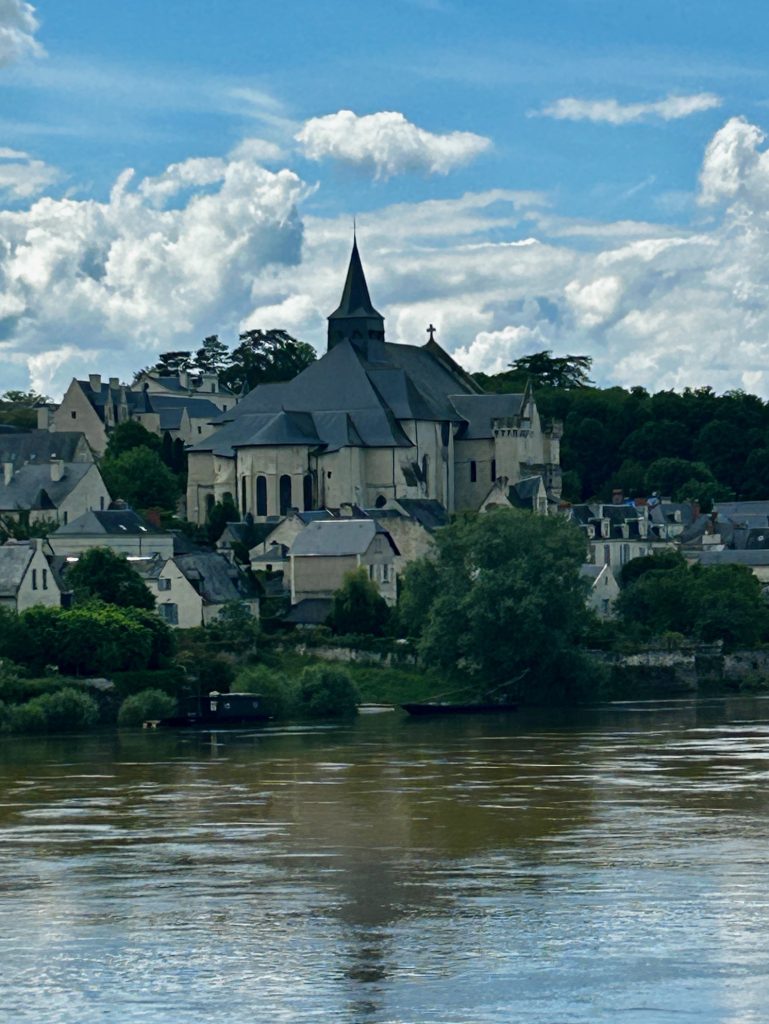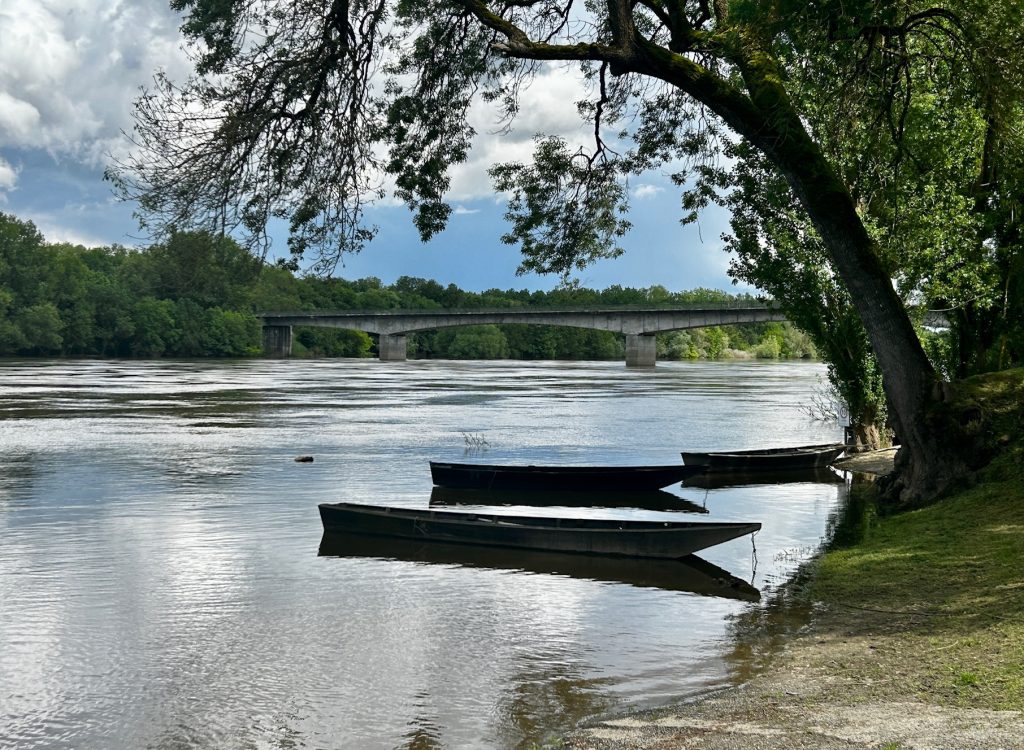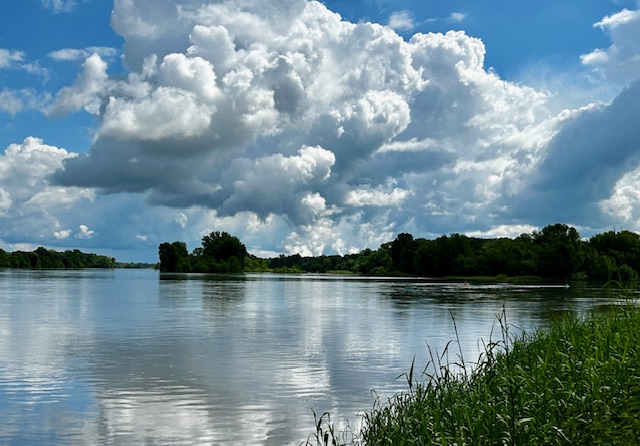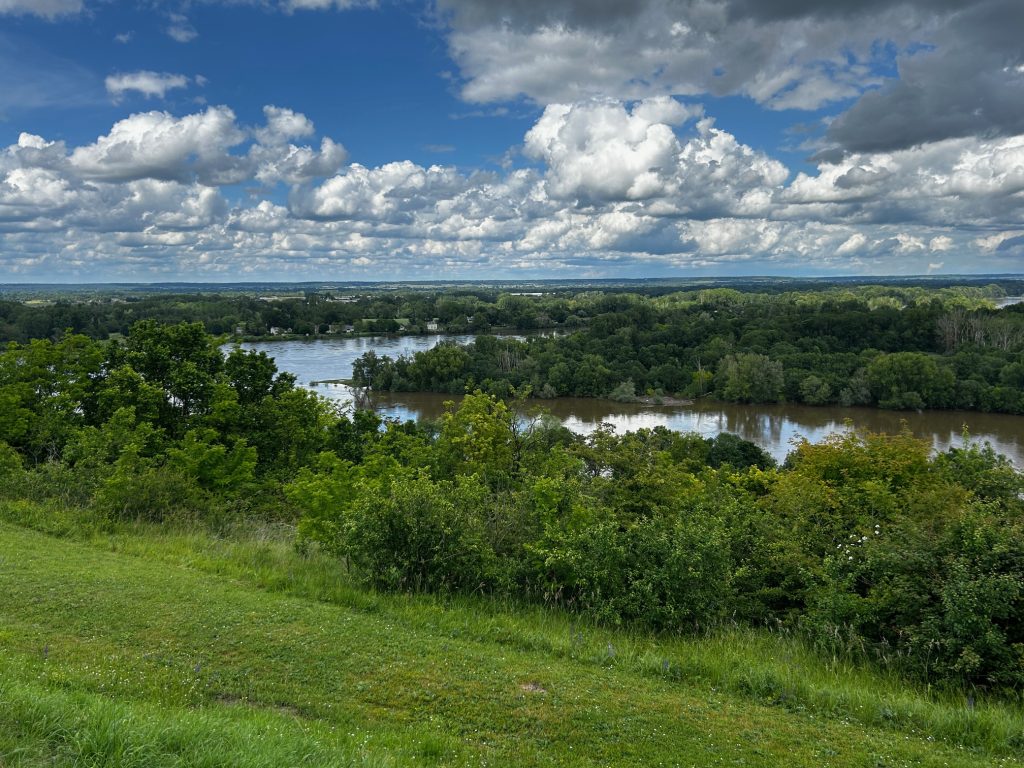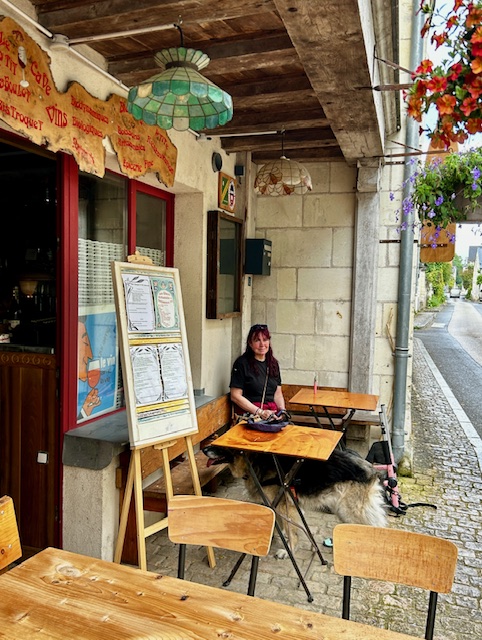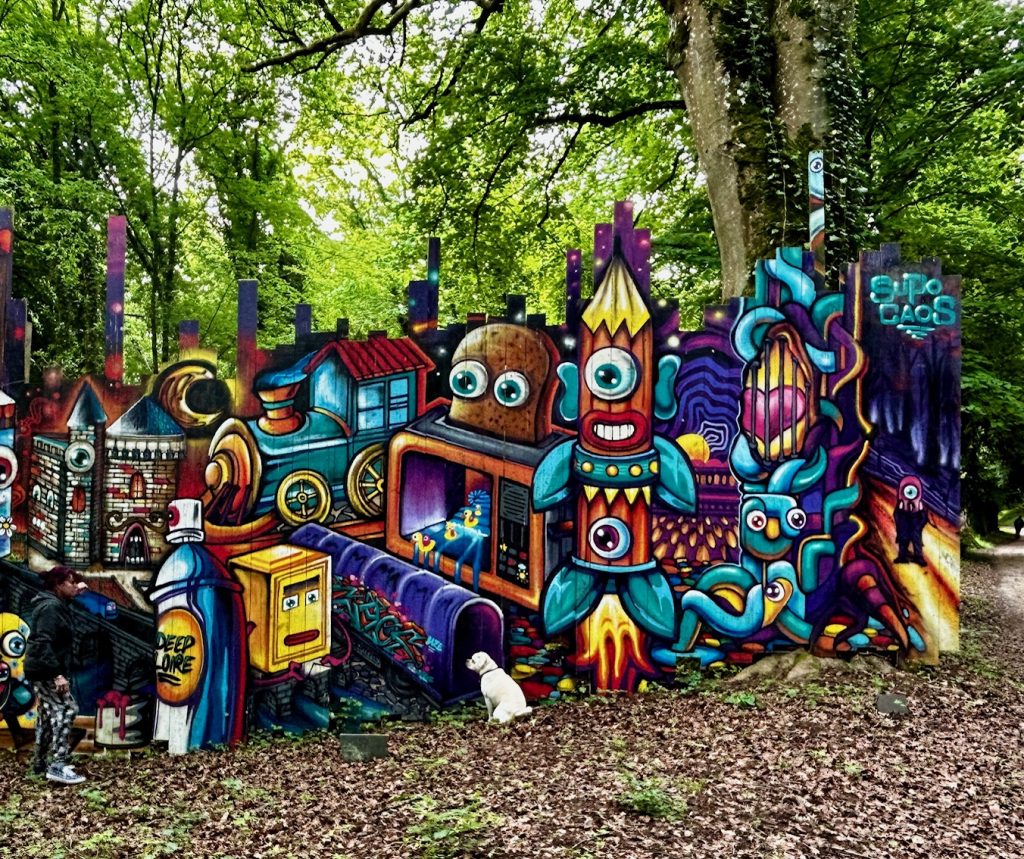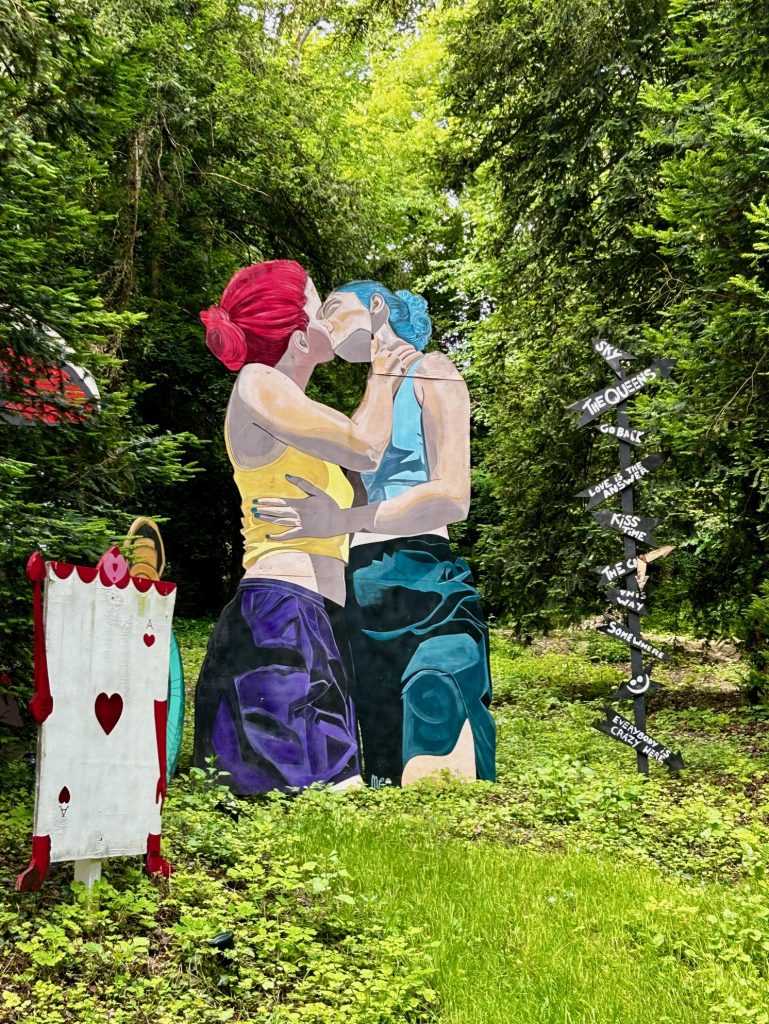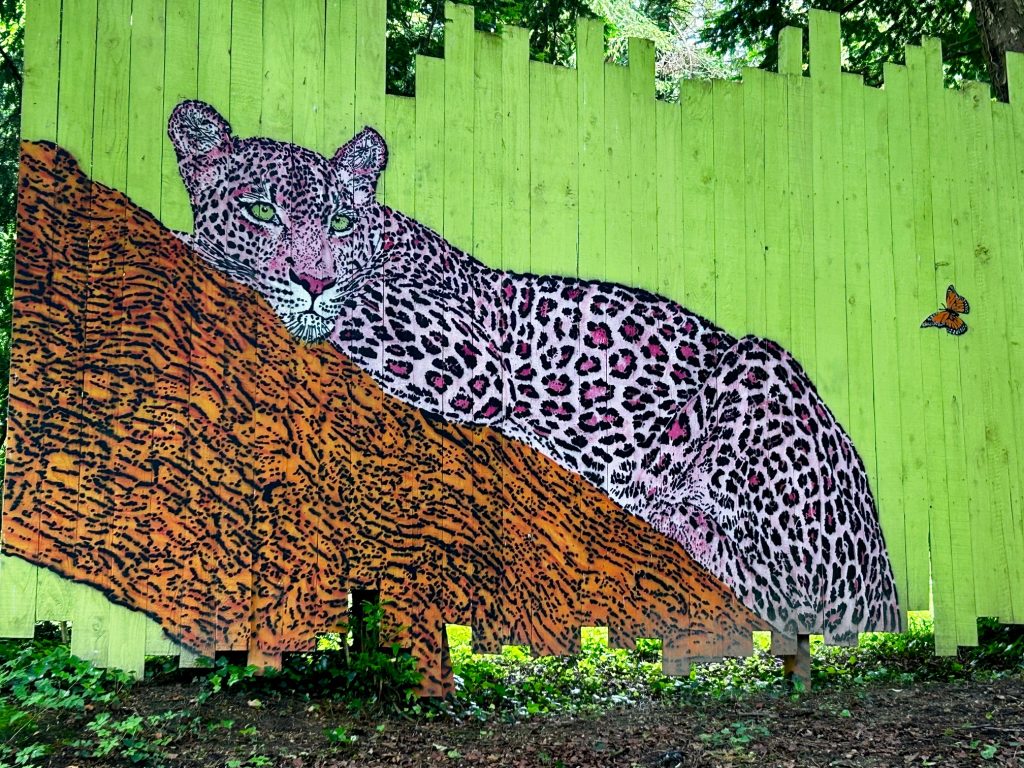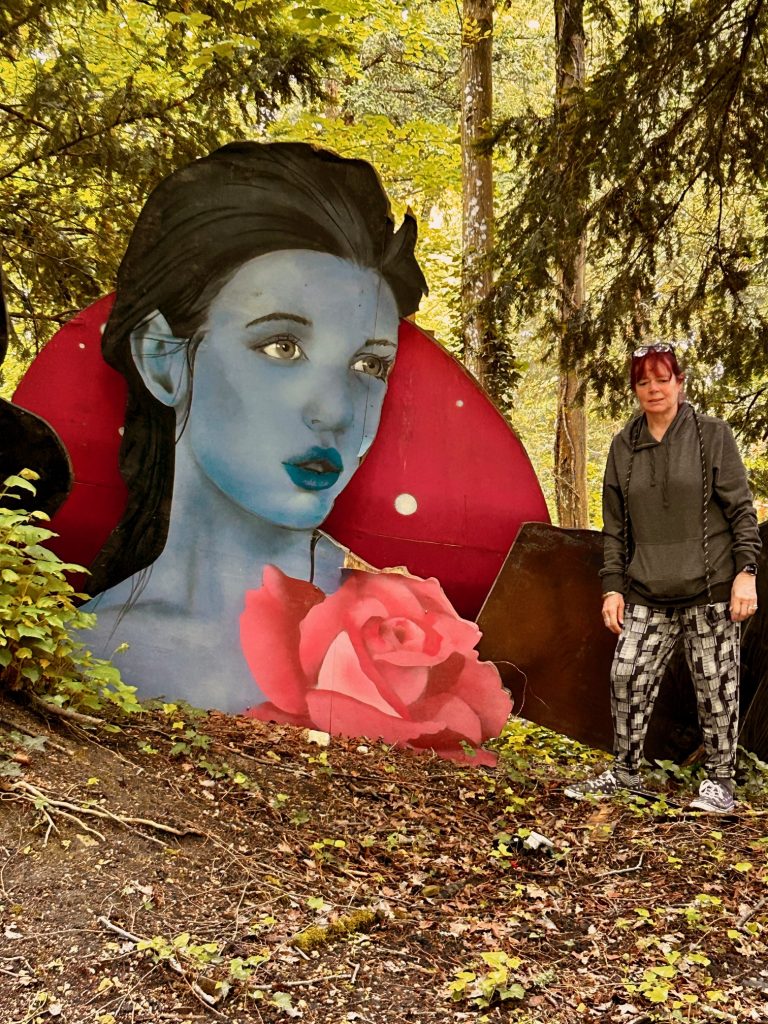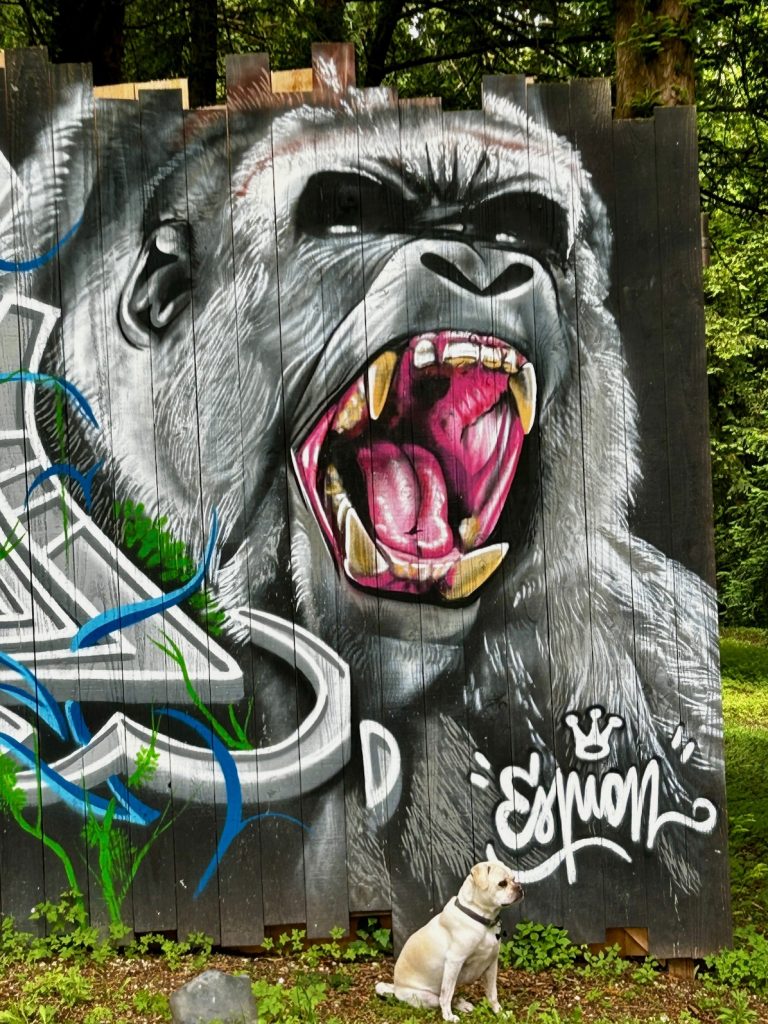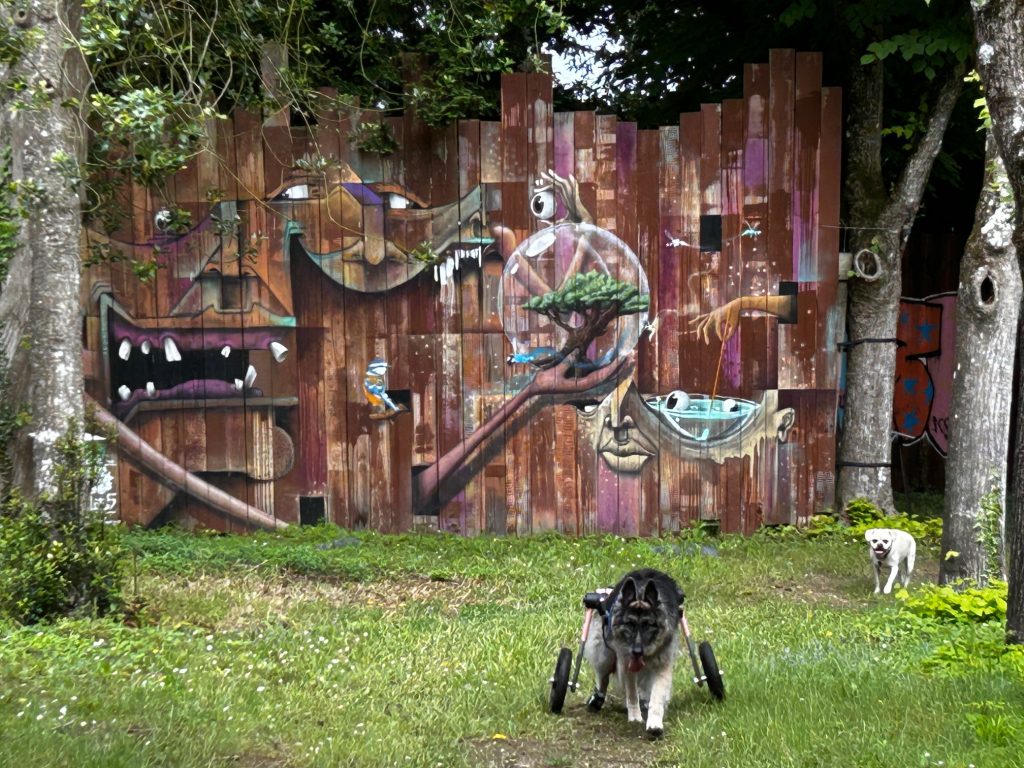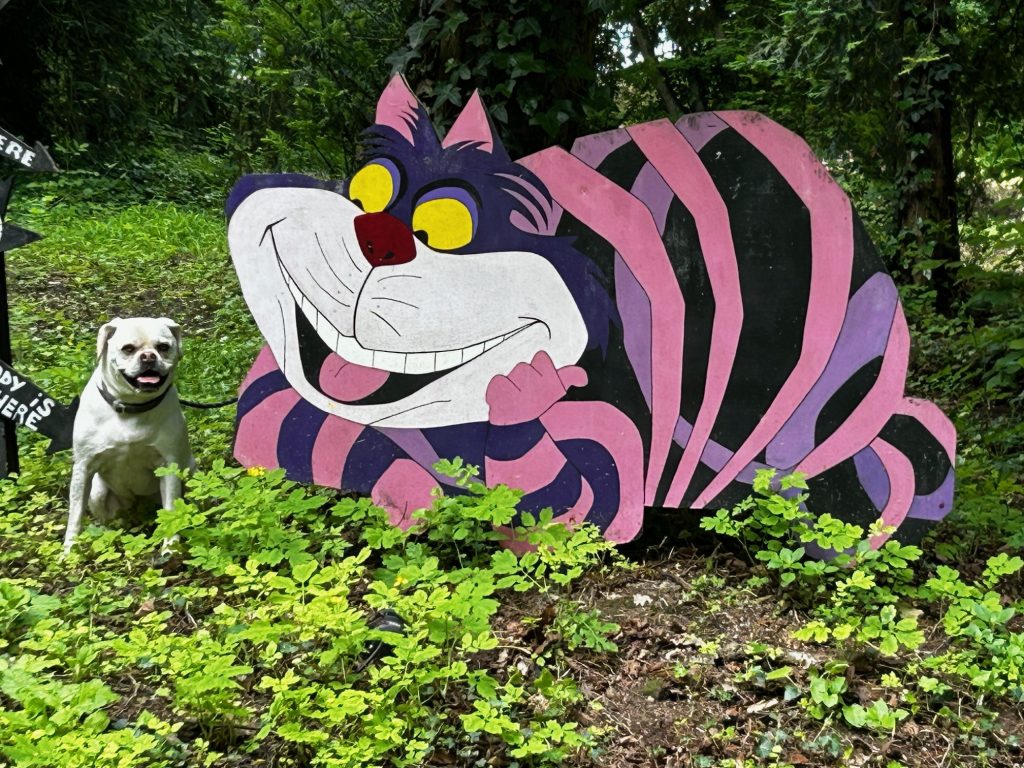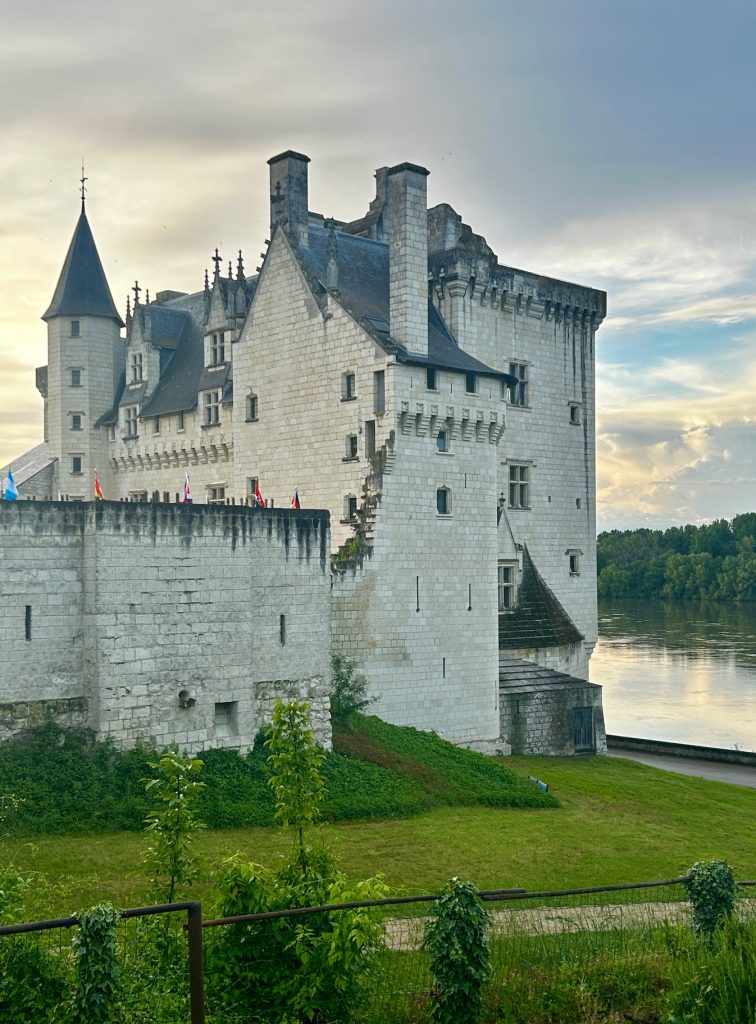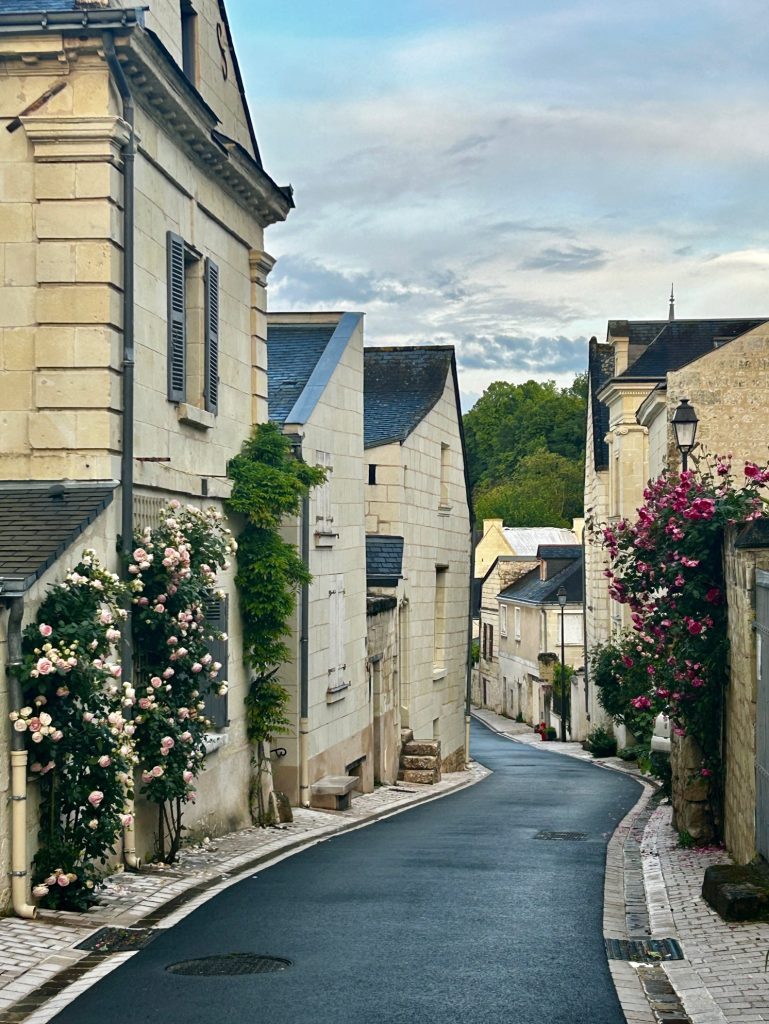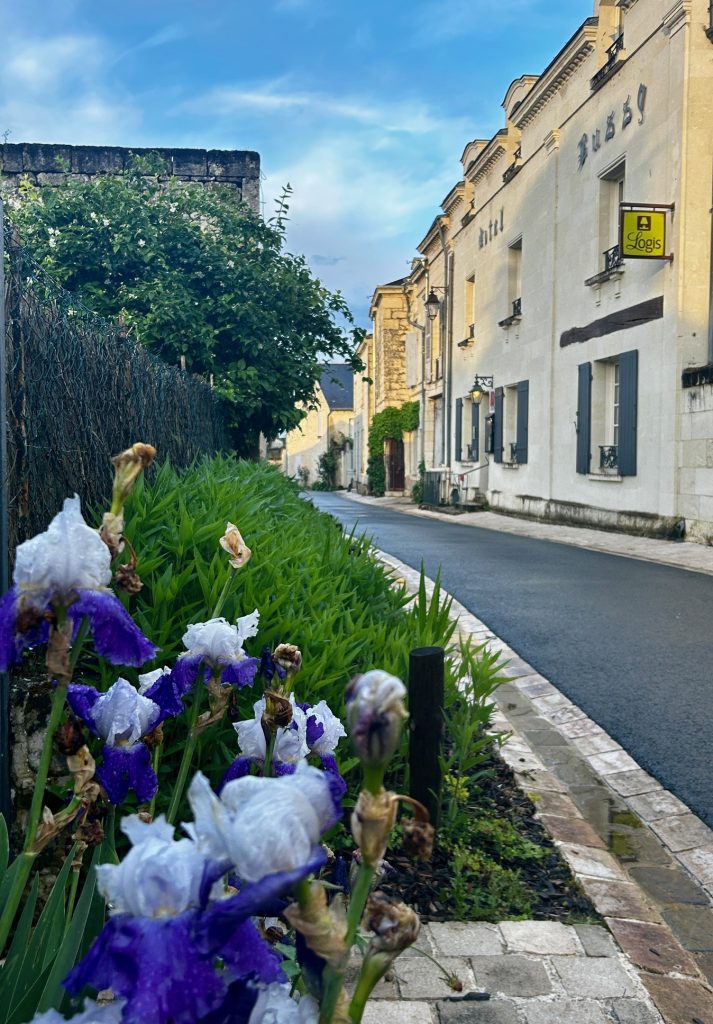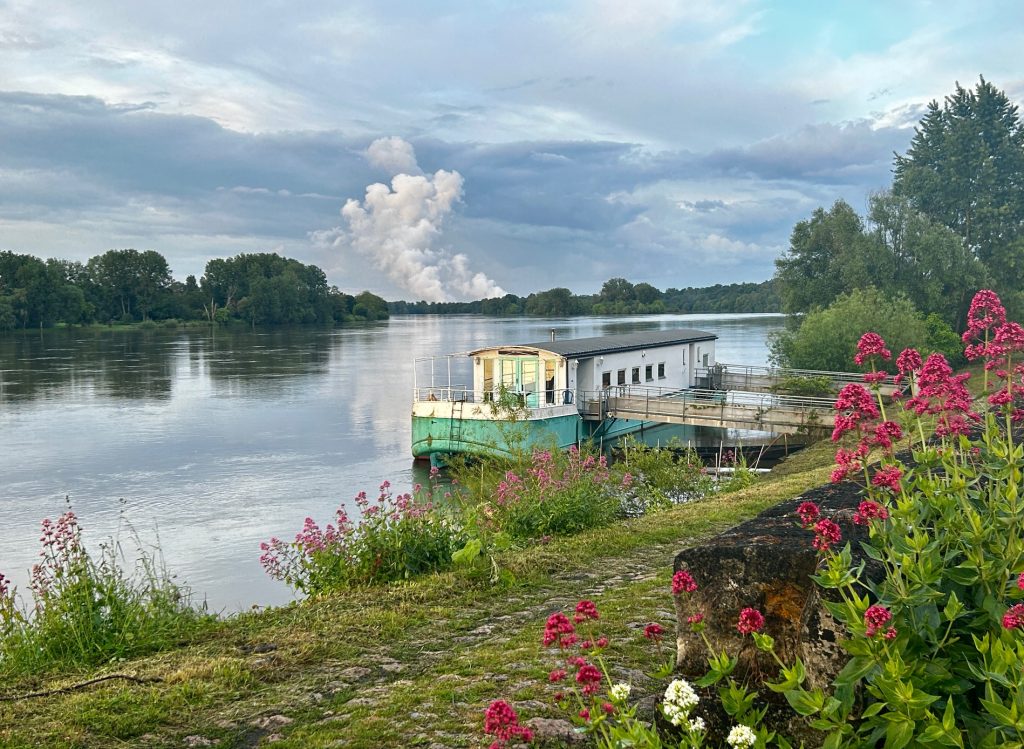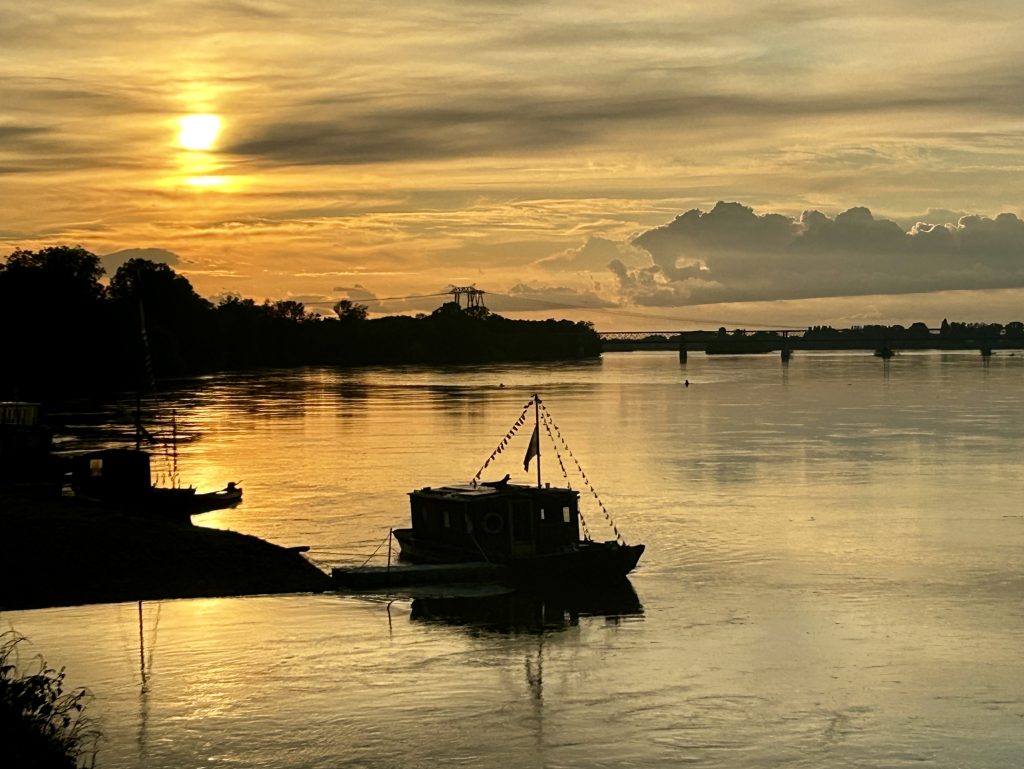Vanya wanted to stay at Camping Le Lieu a second night despite it raining so heavily that the Van required towing out of the quagmire which our pitch had become. No problem, the extra day would allow us to visit a nearby ‘plus beau village de France’ and, in any event we wanted to check out the hardware store in Thiviers (in the hope we could buy a spare buckle/clip for Nala’s wheels – the existing clip is set to split) but; henceforth, I’ll be parking the Van with at least one front wheel on hardcore (at least until we find the hot weather).
We arrived at Saint Jean de Cole in time for a light lunch. There’s a pleasant cafe-bar in the village centre on the Place de Saint Jean and the weather held fine while we enjoyed a roasted cheese, bacon and honey lunch, all washed down with a local red wine. Well, I drank a red wine.

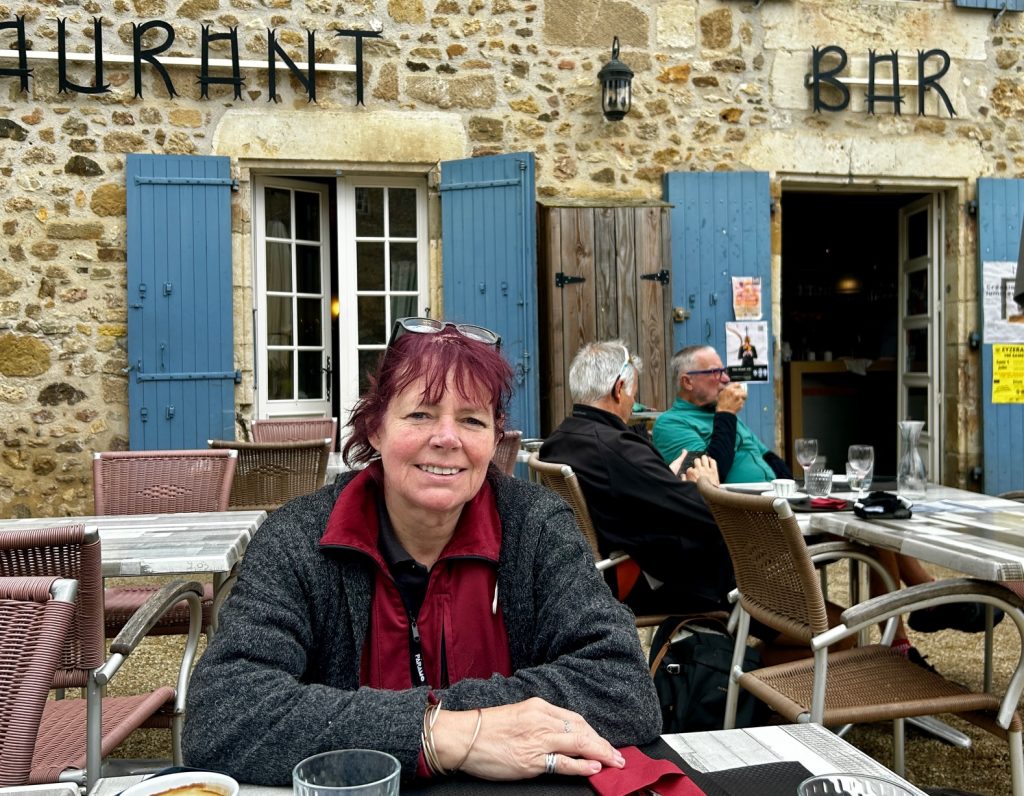

Saint Jean de Cole proved a delight and is fully deserving of it’s plus beau village status. We stayed long enough to walk most of the village (we missed out on just the riverbank walk to the old railway station) and it didn’t rain!
It’s a very pretty and well preserved medieval village with most of the buildings having been made of a washed ochre coloured stone and a great many are half timbered.
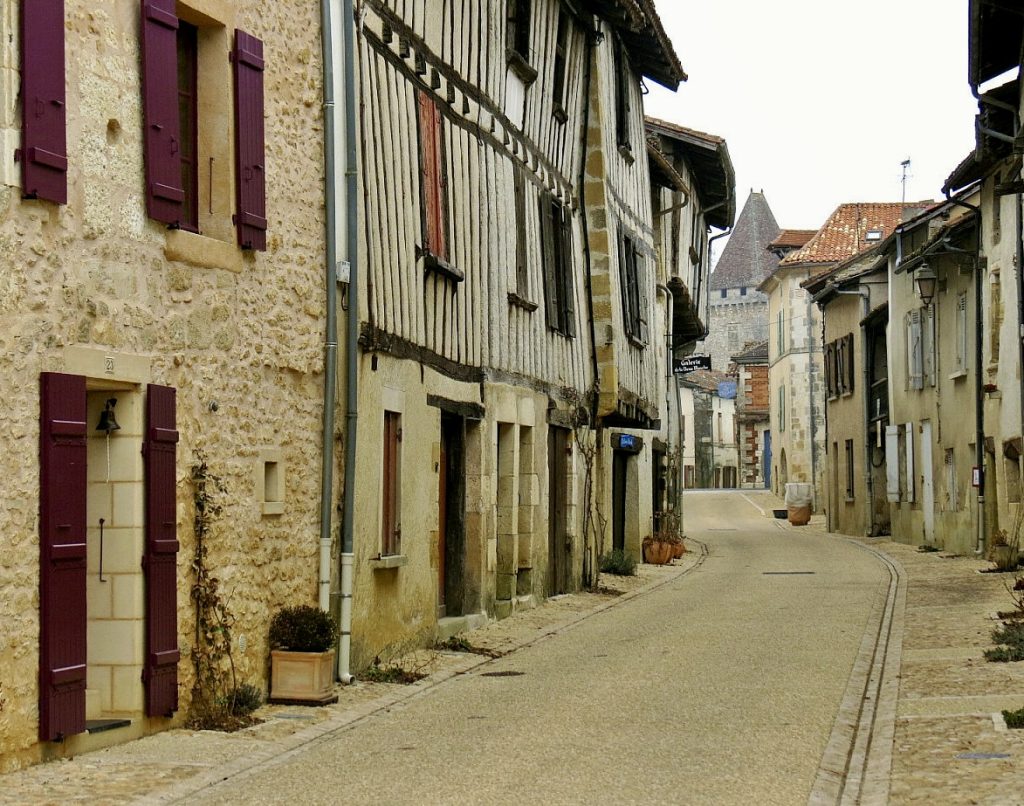
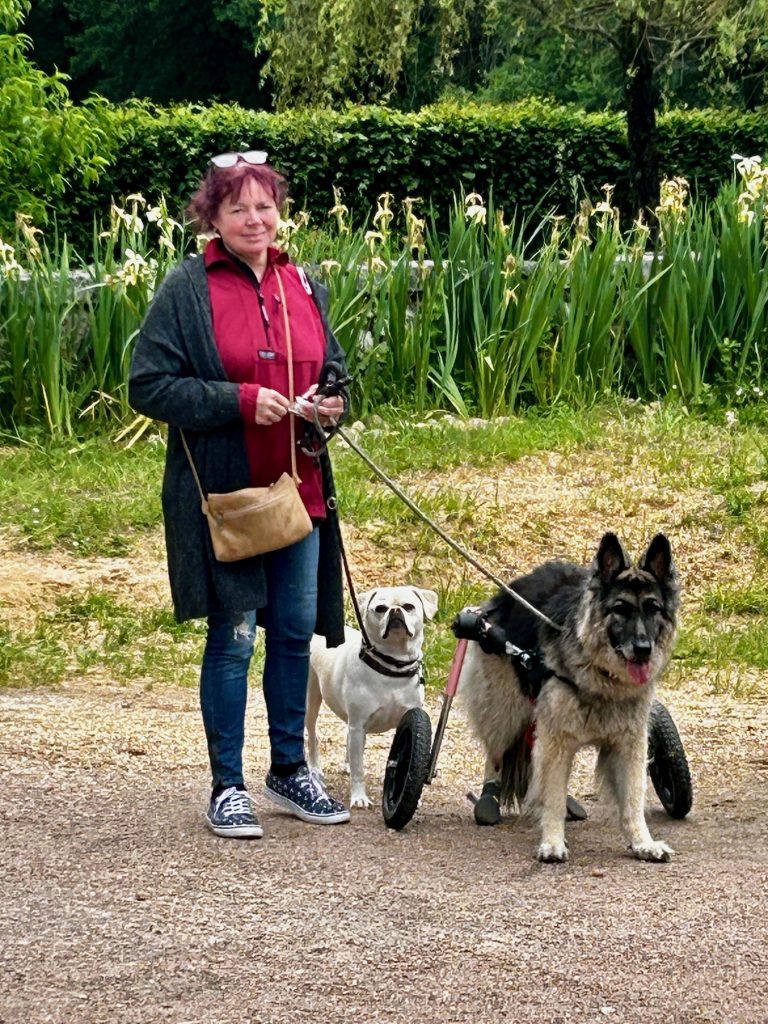
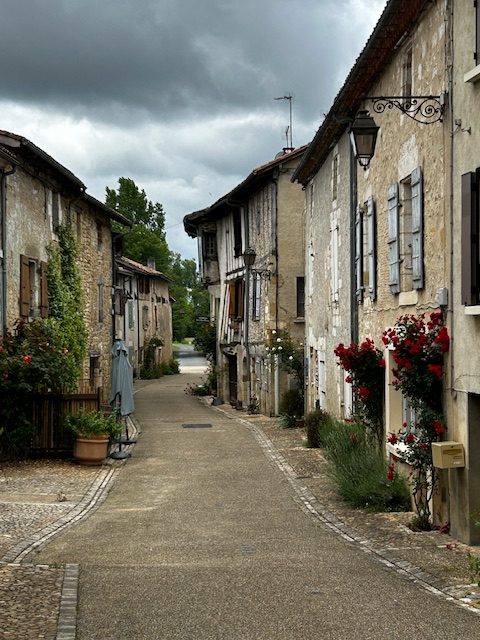

The two most prominent buildings in the village are both on the Place Saint Jean. These are the 12th century Chateau de la Marthonie, razed to the ground during the 100 years war but rebuilt (it is open to visitors in the high season) and; most unusual for this part of Europe, a round shaped church (the Eglise Saint Jean Baptiste) which was also built in the late 12th century although the square tower was a 17th century addition. The church, which was closed during our visit, was originally crowned by a dome but the dome kept collapsing and was replaced during the 19th century by a tiled roof. The chateau and the church are both classified historical monuments.
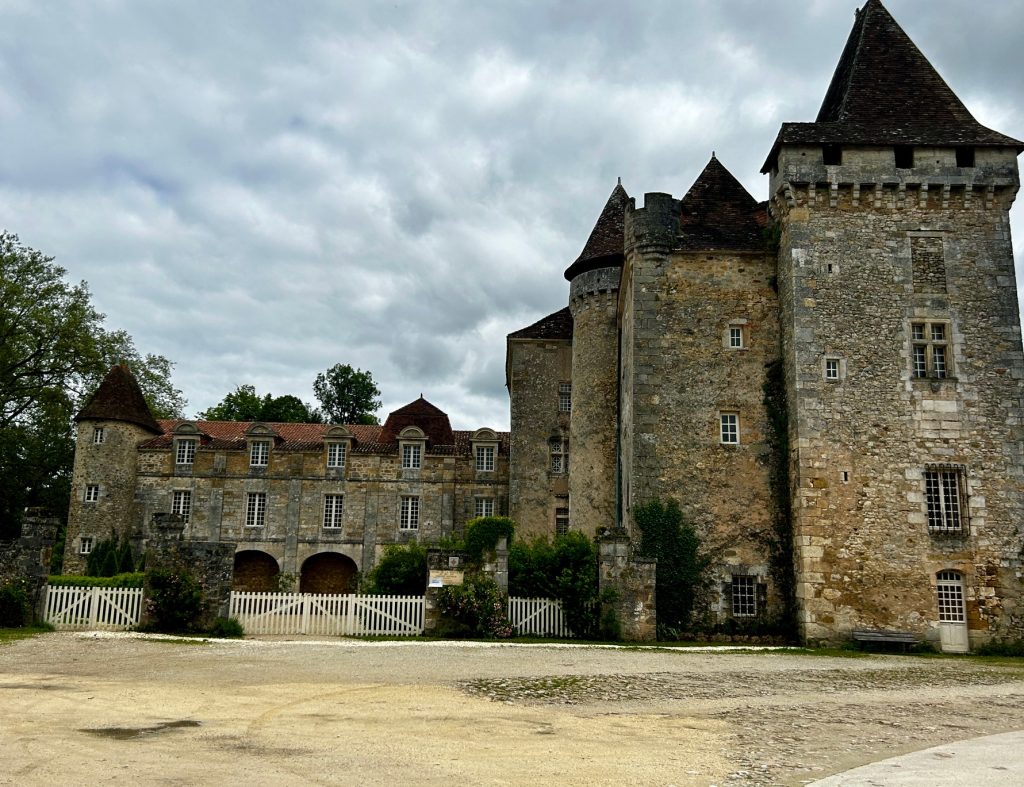

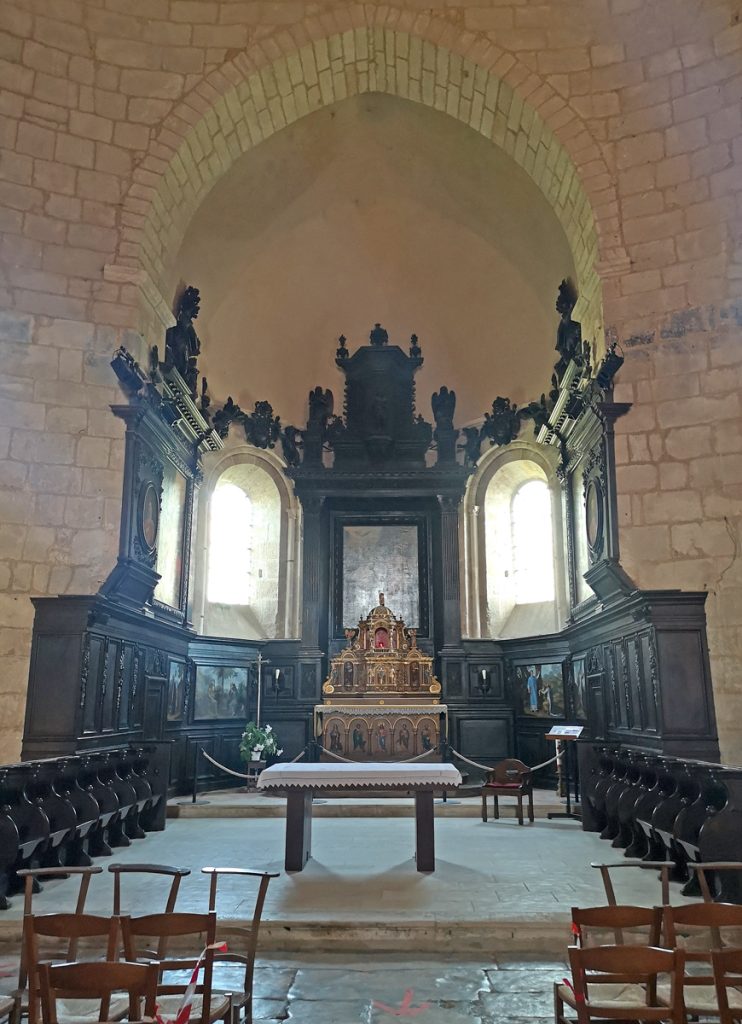
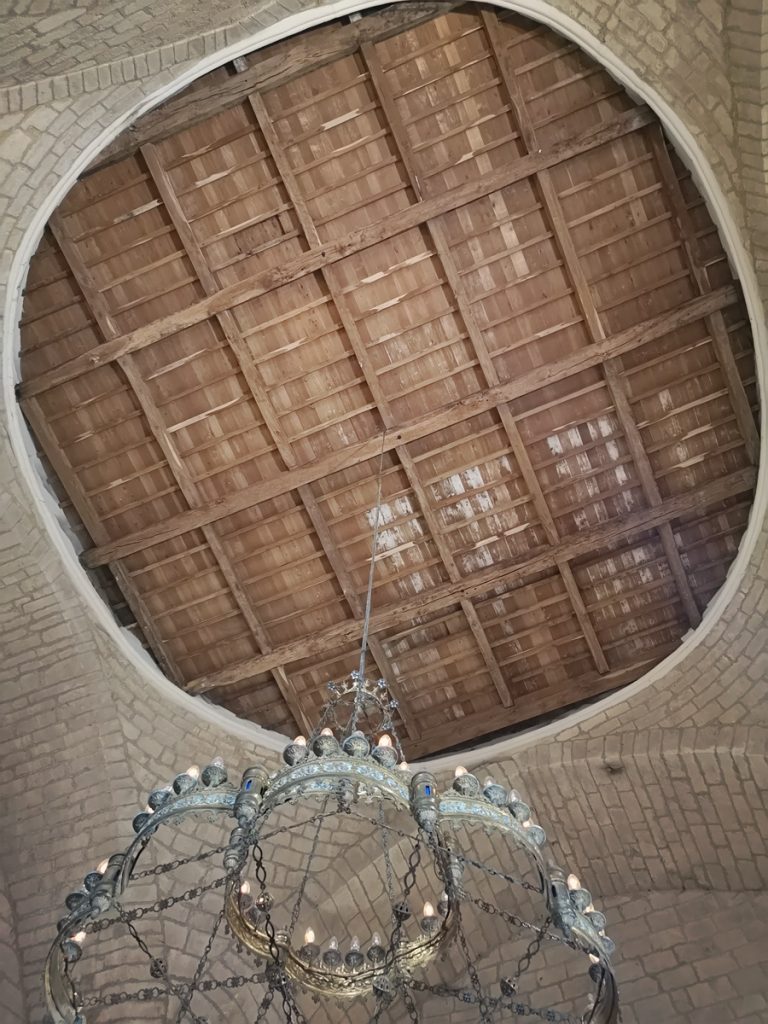
Another 12th century feature of the village is the pretty stone bridge over the River Cole. On the far side of that bridge is a path which follows the route of the old railway line to the villages disused train station. Unless you have the good fortune to visit Saint Jean on the one day of the year that the priory is open to the public, this path also provides the best view of the village’s 15th century priory together with it’s original cloisters (which adjoins the Chateau). We had to make do with that view.
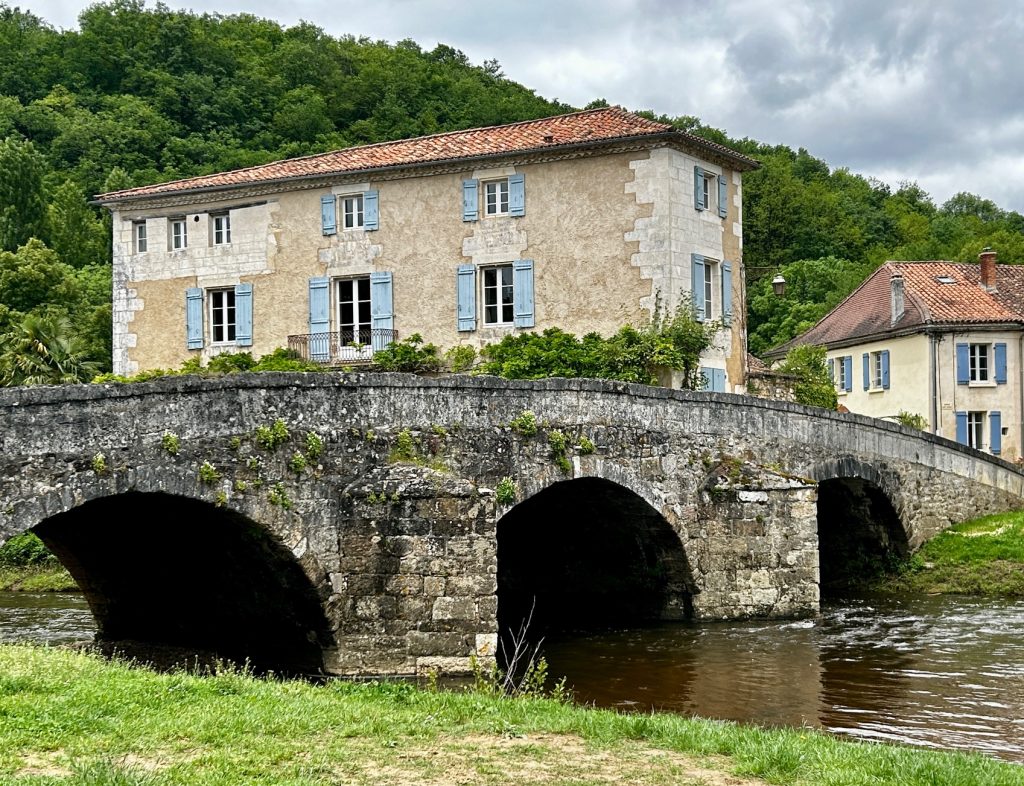
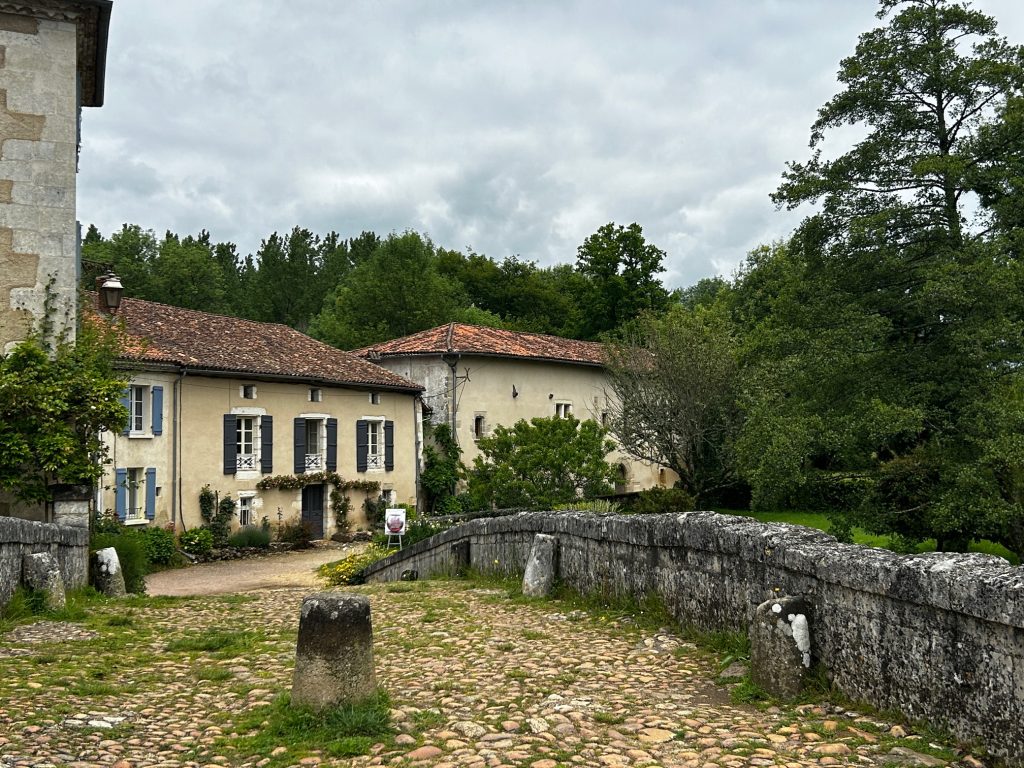
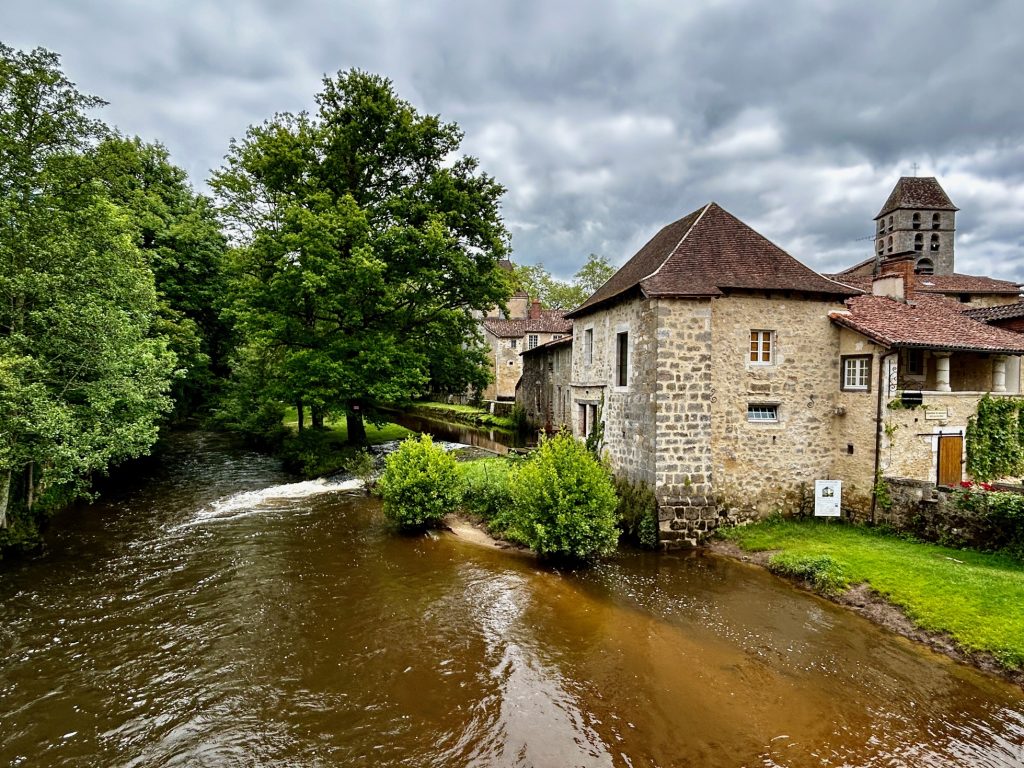
Without a doubt, Saint Jean de Cole is a charming little village and well worth visiting (I don’t think I mentioned that it has just 300 inhabitants?) and it has a highly recommended and charming restaurant, Les Temps des Mets, which we missed out on this time but will visit during our next visit to the Dordogne.
Oh, and Thiviers, the self proclaimed capital of foix gras just 12 kilometres to the west? We soon found our hardware store but they couldn’t supply the clip we required. We found one later at a Deichmann store in Perigueux.

